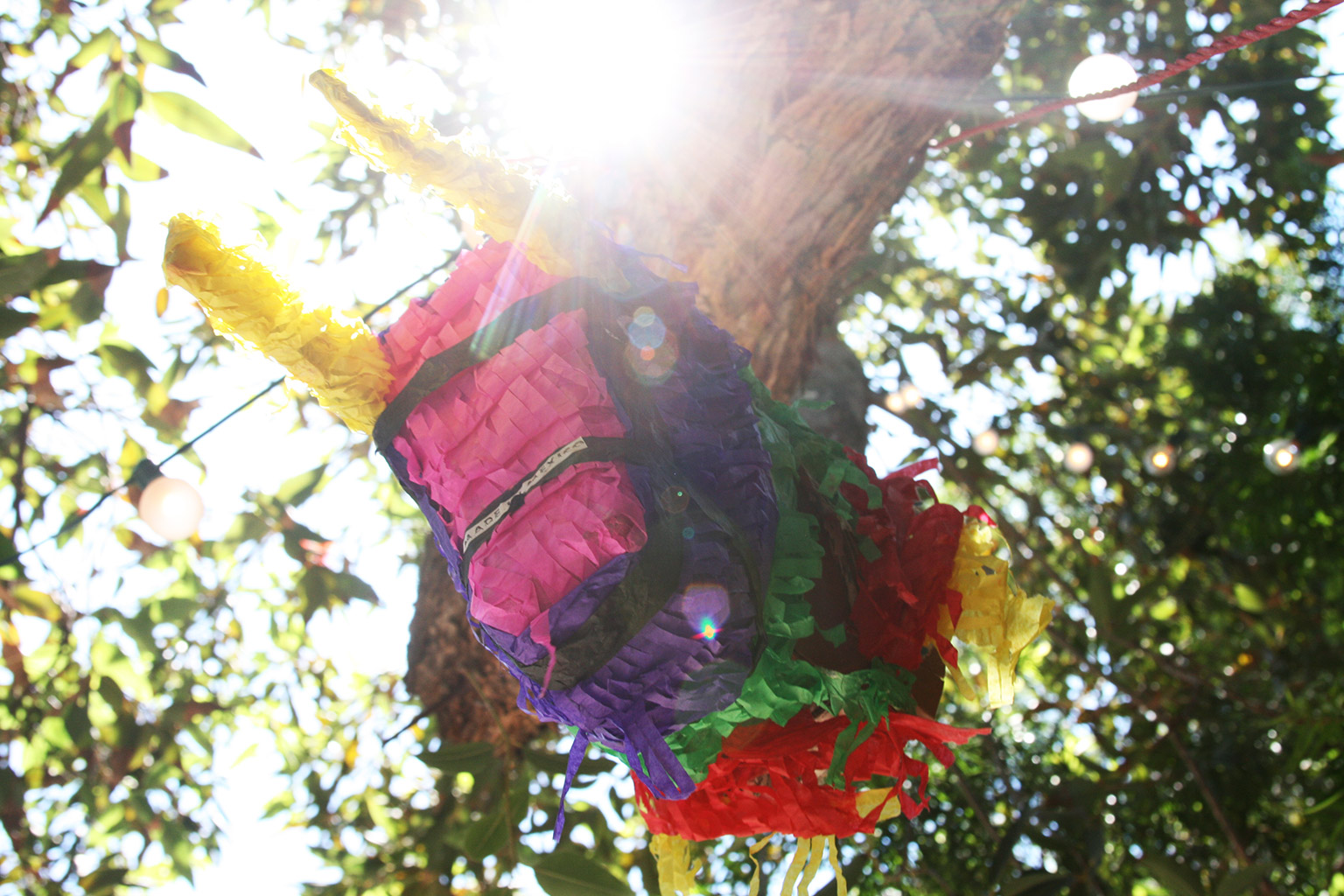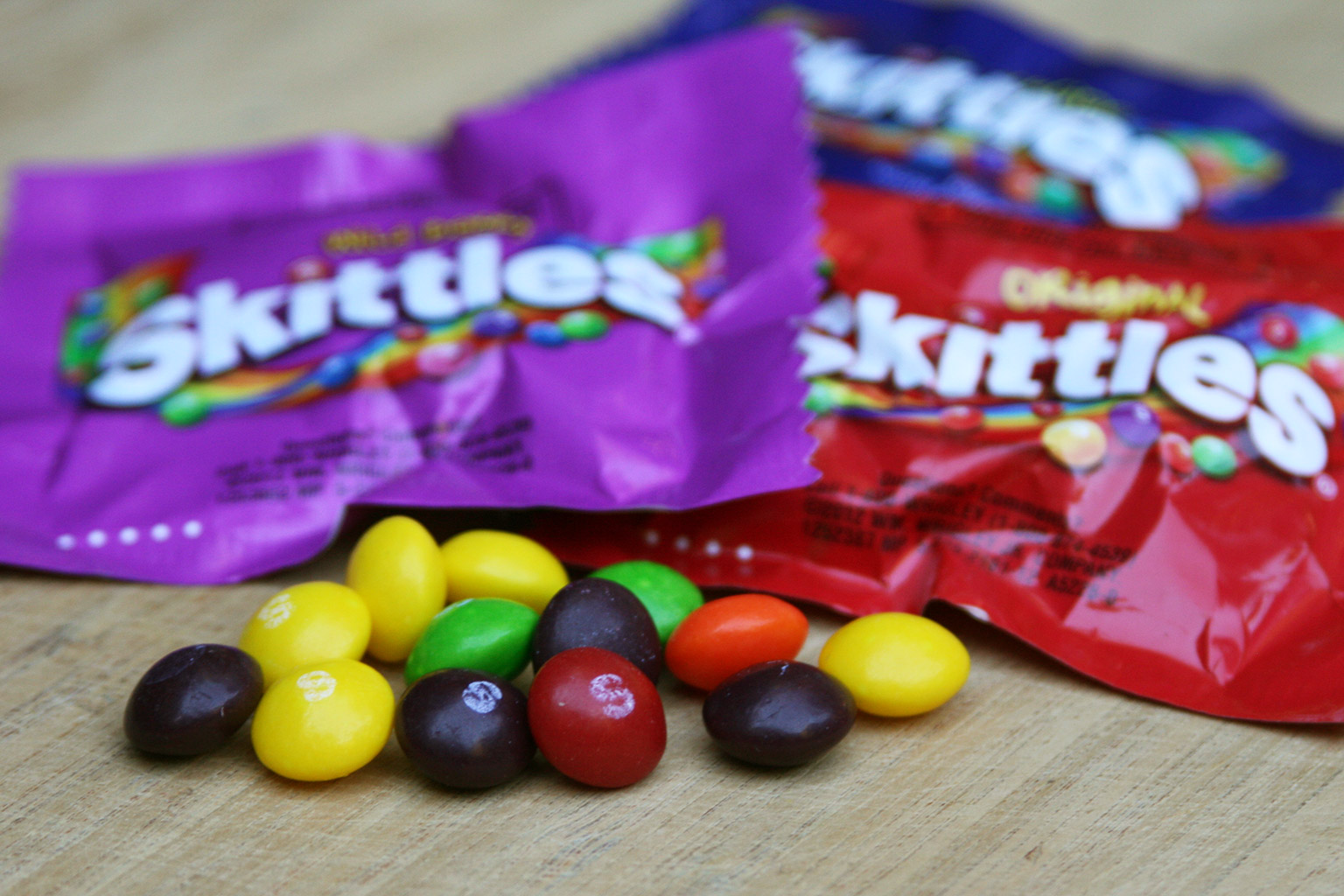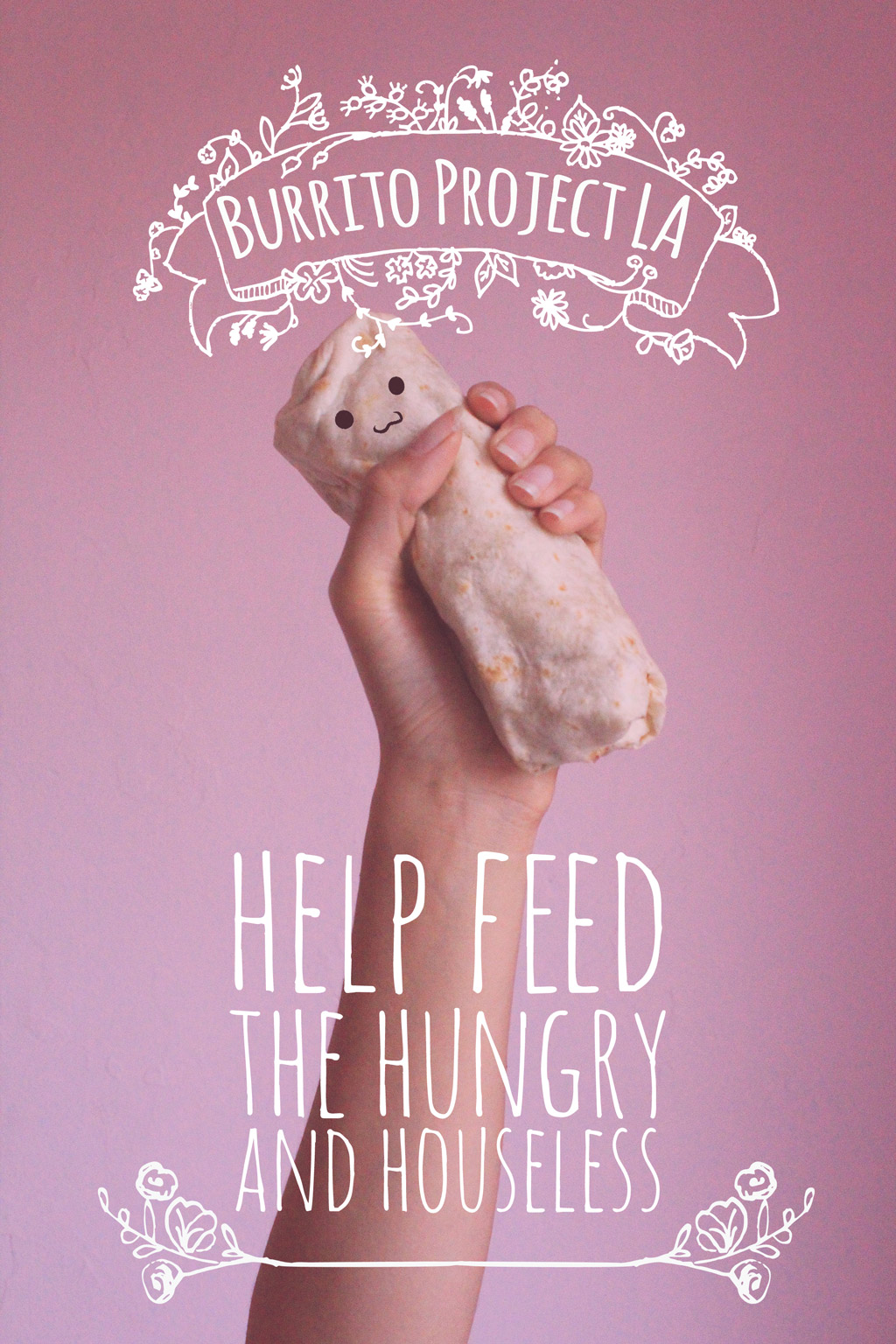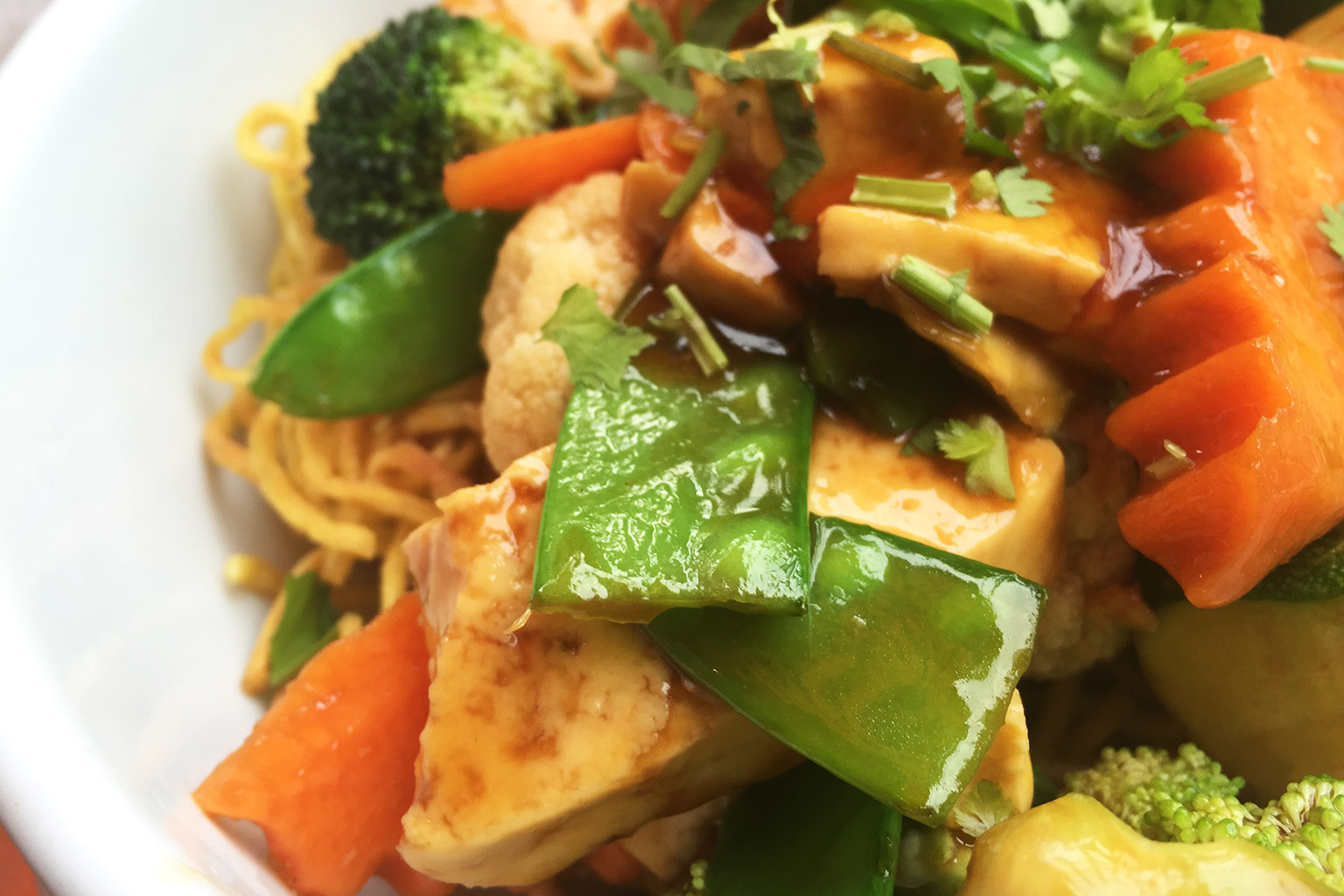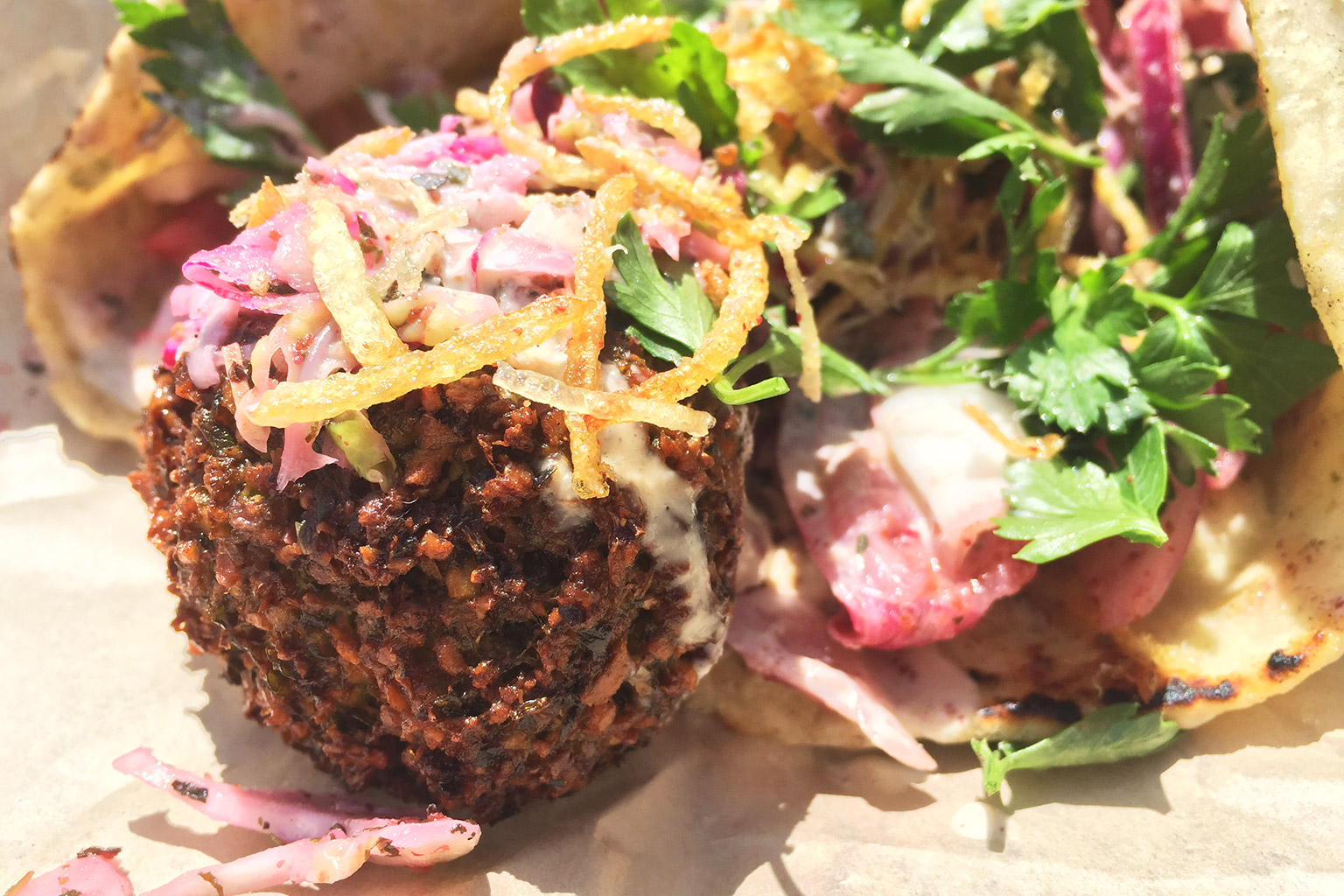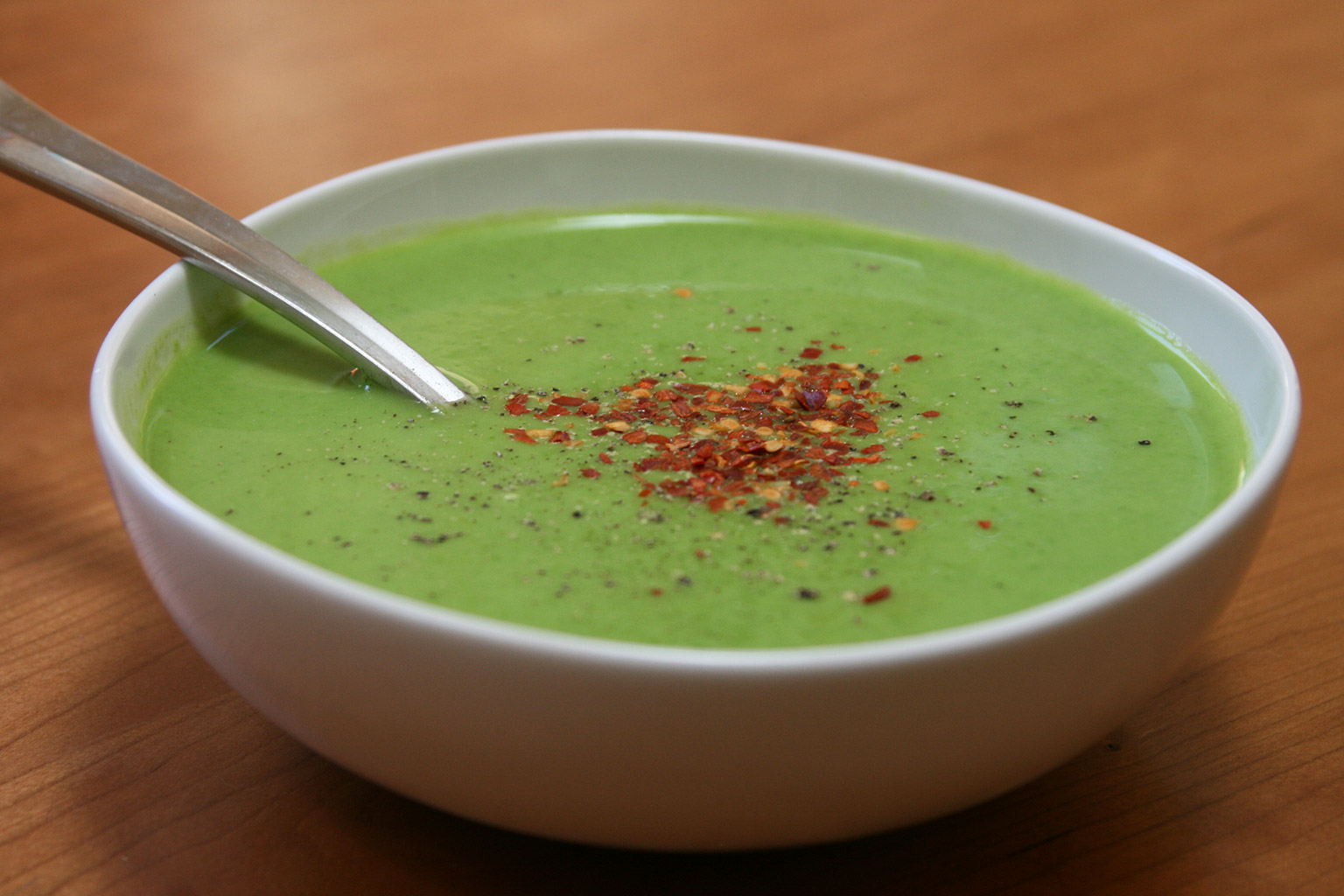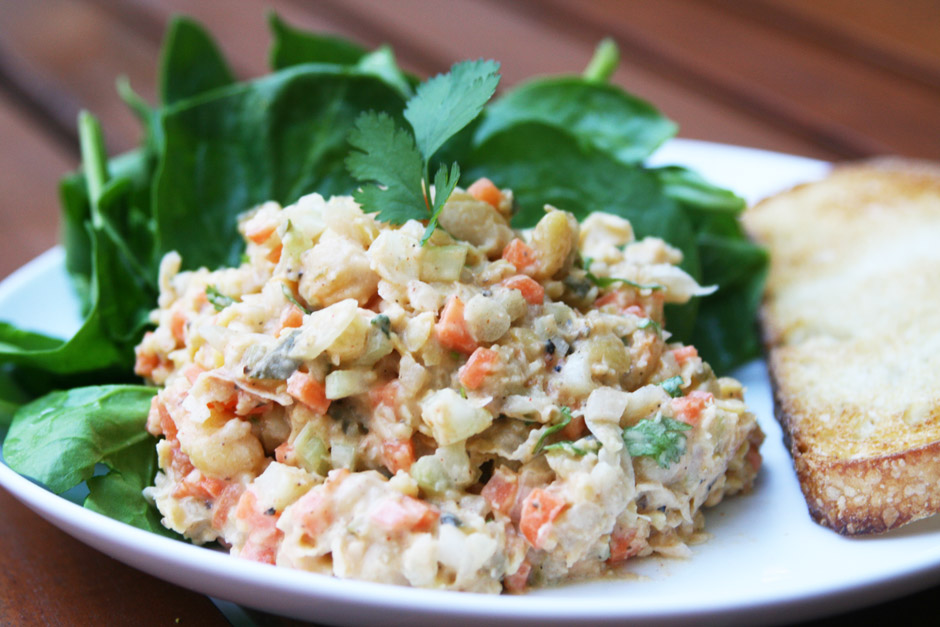July 16, 2015
This Saturday, in our role as creative directors + store-runners of MooShoes Los Angeles, we’ll be hosting a fundraiser + vegan bake sale to benefit Burrito Project LA, a local group whose mission is to come together as a community and provide water and burritos to the hungry and houseless of Los Angeles.
The event will be held at MooShoes—3116 Sunset in Silver Lake—starting at noon Saturday and, in addition to many baked goods for sale to benefit the group, will feature raffles, a bevy of prizes, and tacos from our friend Mick at 100 Tacos. You can find out more + RSVP on the event’s Facebook page, but, in an effort to find out more ourselves about the group and their work, we took a few minutes out of our day to talk with Burrito Project organizer (and MooShoes employee) Kathleen Truffaut. Read on to find out more about the group and how to get involved or (if you’re not in the southern California area) start a similar project in your town.
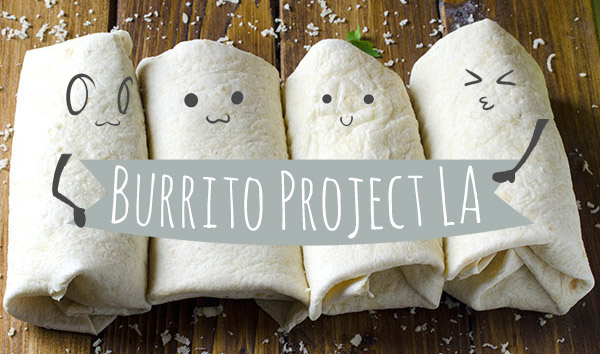
raven + crow: Okay, so, first off, what is the Burrito Project and how did it start?
Kathleen Truffaut: The Burrito Project is the idea of having a group of people come together to help feed those in their community who are hungry and/or living on the streets. The beauty of it is that the Burrito Project chapters all over the country encourage others to get their friends together to start up their own Burrito Project—anyone and everyone can do it! To be honest, we’re not certain where or how it started. We had been volunteering at the Lincoln Heights and South Pasadena chapters and we just wanted to start our own chapter in central Los Angeles—an area where we and our friends reside. We figured that it didn’t hurt to have one more night where people were getting fed, and it’s an area where our friends without cars would easily be able to get to.
So are you all part of the larger, national project?
Yes, there are Burrito Project chapters all over the country—actually, we even came across a Burrito Project chapter in Toronto the other day on Instagram; so, in other countries, too! It’s not an organization in the traditional sense, as it is up to each chapter to pool their resources and raise funds for ingredients and water. Not unlike Food Not Bombs (another food justice group), there is no hierarchal structure or central chapter—it is more so promoting the idea that we can redistribute the wealth we have in our community to help feed those in need.
We are planning on launching a website for our own chapter soon—burritoprojectla.org—so be on the look out for that!
Cool. So, essentially, you all meet up, make burritos, and then hit the streets and give them to the needy + hungry, right?
We also provide water as well, but that is essentially the idea!
I assume it’s usually a pretty fun time?
It’s a very fun time! It’s honestly a great feeling to get together with your friends and others who want to donate their money, time, and/or energy towards helping others.
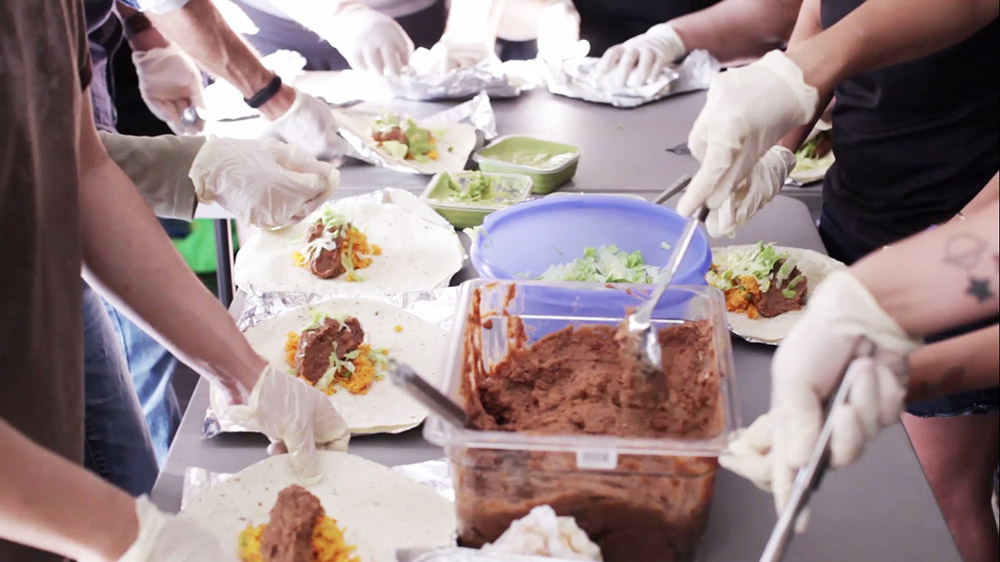
Where all do you all usually go in Los Angeles?
Since we started up our chapter in January, it has honestly never been one set place. We did decide that we wanted to distribute in our central L.A. neighborhoods (Koreatown, Echo Park, Silverlake, Hollywood, etc.) because we couldn’t find any food justice groups servicing those areas when we were researching that. With that said, we have noticed the past two months that many people have been living under the 101 underpasses, so we have been distributing to those places the past couple Burrito Project nights. There is also a handful of folks who live around the Kaiser Permanente Hospital on Sunset. It is difficult, though, as people living on the streets cannot necessarily stay in the same place.
Right—I think the underpass thing has something to do with a loophole in city/state law where that’s technically state property, so city cops aren’t supposed to hassle them if they’re there. Makes sense to match the transient nature of the people you’re serving though. But why burritos? Just ease-of-distrubtion and such?
That, yes, and also it’s an easy way to get your protein, grains, and veggies!
And the food’s always vegan, right?
Always! (Though we might add that we believe it is not necessarily the case with all Burrito Project chapters.)
Do you get many questions when you’re distributing the food on the whole vegan thing or are people just happy to get the meal?
Oftentimes we don’t have the time to explain that they’re vegan—we usually approach folks and ask, “Hello, would you like a burrito and water?”, give it to them, and then move on to the next person. Besides, vegan burritos are burritos—just without meat and cheese! We’ve heard some volunteers add “vegan” before “burrito” when they’re asking, but we’ve never seen anyone object to taking them on account of them being vegan.
Have you met a lot of interesting people out on the streets?
Yes, definitely! We are always so happy when we come across those who ask us if the food is vegetarian/vegan—their faces always seem to light up when we tell them they’re 100% vegan. Many have told us how difficult it is to find quality vegetarian food while living on the streets.
There was one time one of our organizers, Maria, was talking to a man on the streets who didn’t want food or money—he needed diapers for his baby. That really stuck with her.
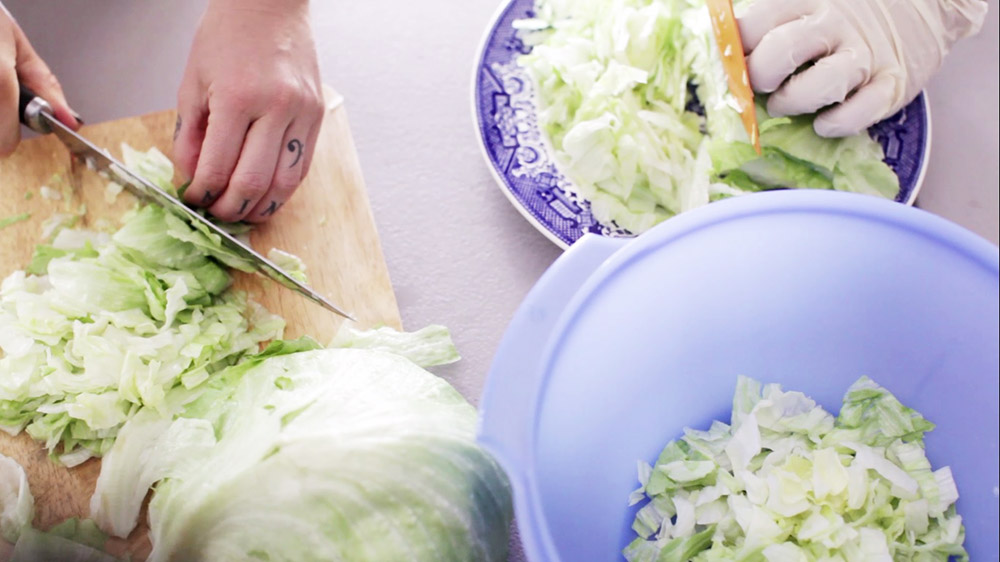
Does the group have any plans to grow outside of that very direct action and weigh in on policy or do you like the more pure action and result model?
Maria and I do plan on expanding our group to help out with other efforts needed in the community (i.e. donating to transitional shelters, letter-writing events for various campaigns, participating in Black Lives Matter marches, etc.), but we don’t have any plans for weighing in on policy—we prefer direct action!
Awesome. In terms of policy though, do you—either as a group or individually—have any insights as to what the city needs to do to better serve the hungry and homeless here?
While we can’t speak for our individual volunteers, we as the organizers of this Burrito Project chapter can say that we would like to see the city investing in and following through with offering housing programs, as well as programs that would help folks living on the streets with medical issues and job placement.
100% agree. I’m personally more knowledgable on the specific situations for the houseless in New York + Washington, DC and totally acknowledge that significant nuances differ from city to city, but supportive transitional housing seems to be such an important, consistent theme running through every urban narrative. Speaking of though, can you explain the use of the term ‘houseless’ instead of ‘homeless’?
We prefer to use the term “houseless” because “homeless” implies that these people don’t have a home. They may not have a house, but they have homes; albeit, not in what one thinks traditionally in the sense of the word, but whether it be a shelter, a tent, a makeshift abode, or what have you, those are their homes. This was actually brought to our attention by one of our volunteers who used to live on the streets when they were younger. They never wanted to be referred to as homeless; in fact, they felt that the word “homeless” reinforces a negative connotation of those living on the streets.
Makes sense. Who does you promo campaign? We love the little faces drawn on the burritos.
Maria, one of our organizers! She’s a great graphic/web designer (obviously! but we’re admittedly a bit biased), so if you or anyone you know would like to hire her for some graphic and/or web design work, feel free to shoot her an email!
Nice! And if someone wants to get involved, how can they do that?
The easiest way is to follow our Facebook page as we post an event page for each Burrito Project night that we host. If you’re not on Facebook, feel free to email us and we’ll send you the details. Right now we are hosting our Burrito Project night on the last Thursday of every month at 5 pm.
Awesome.
And, for anyone and everyone in southern Cali this weekend, come out Saturday for the bake sale + fundraiser—it should be a superb time. We’re thinking of making vegan ham + cheese biscuits. You heard it here first.
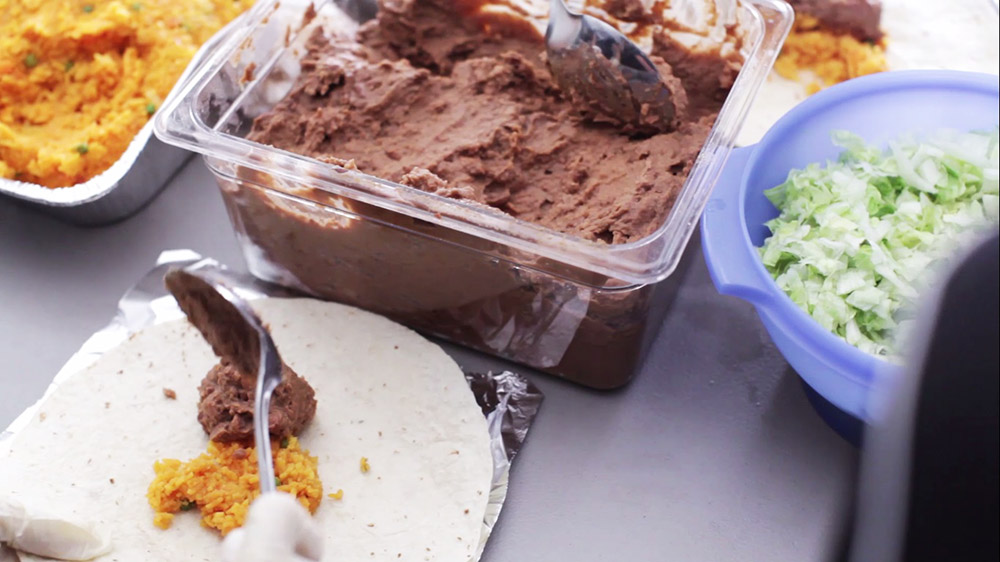
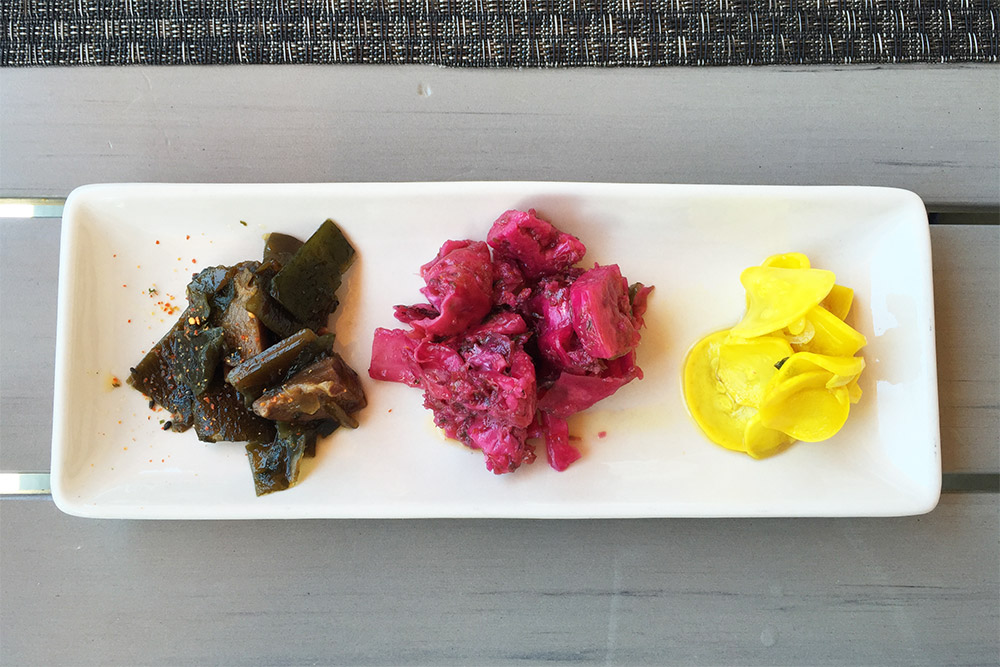
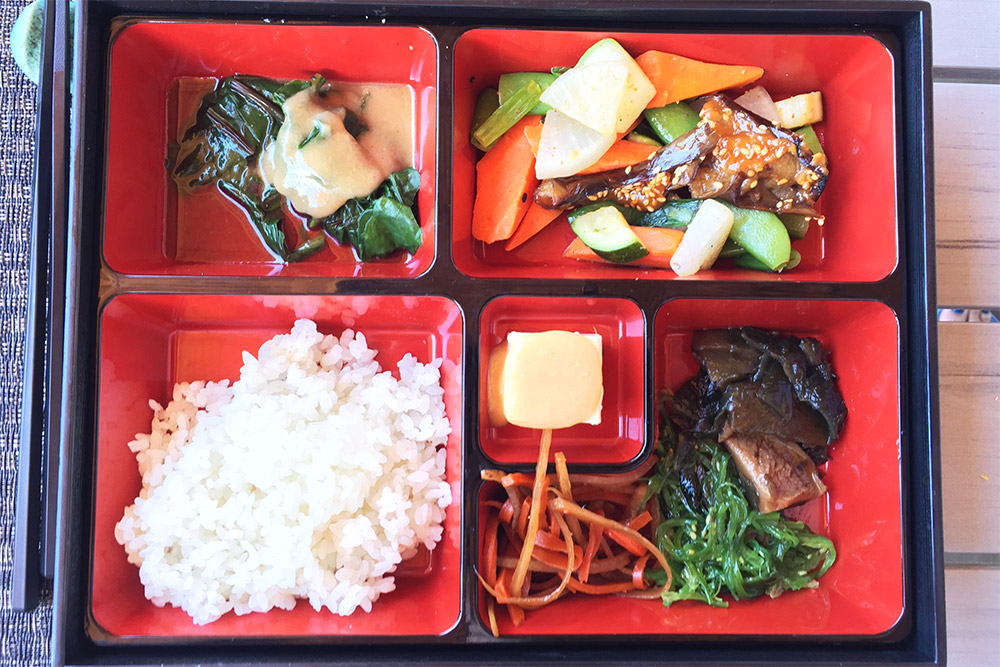
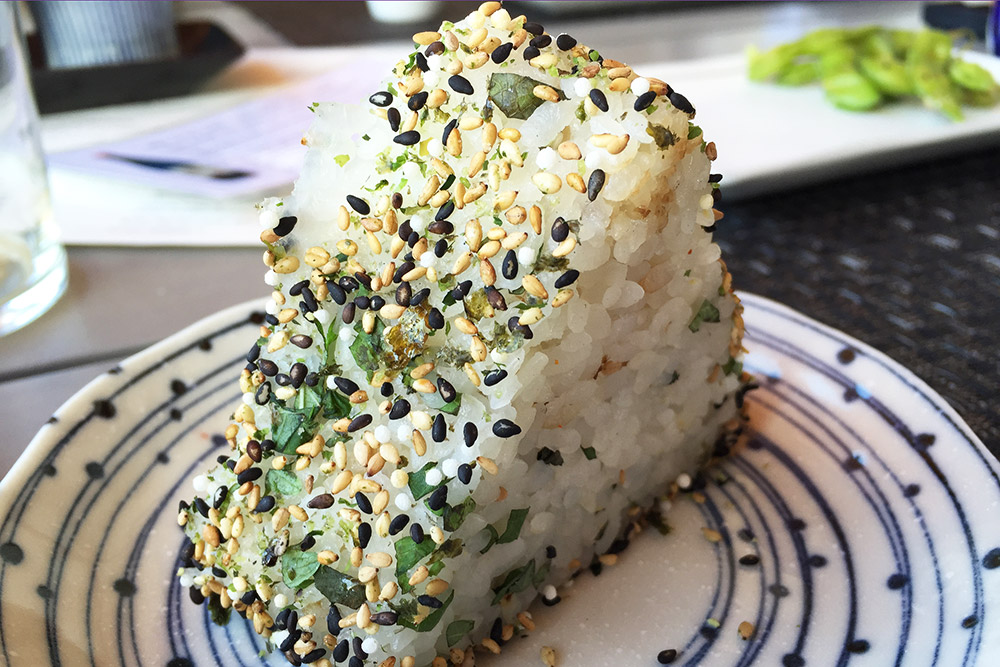
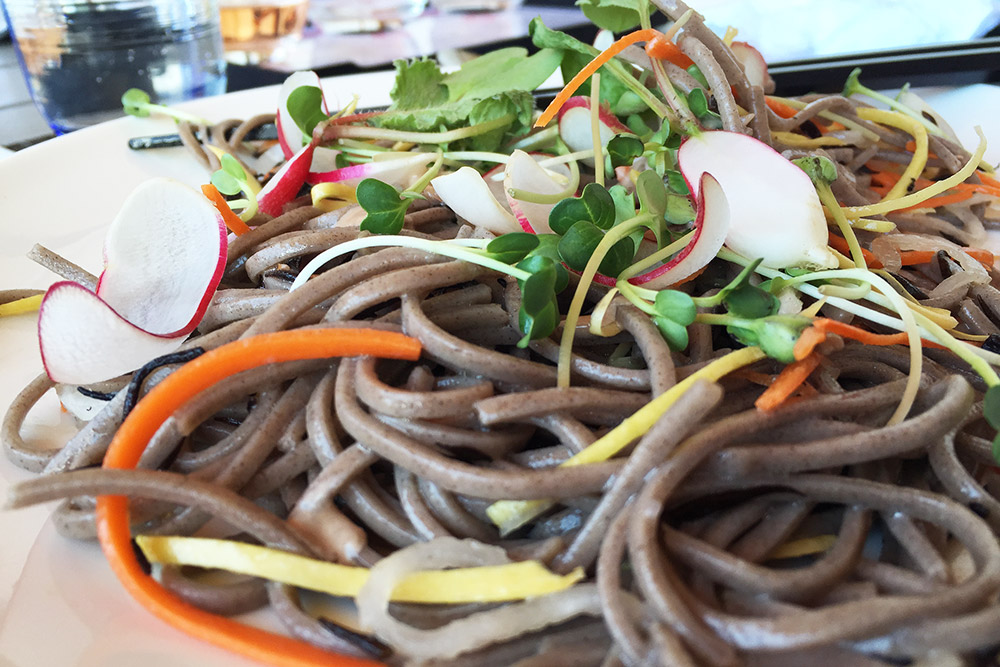
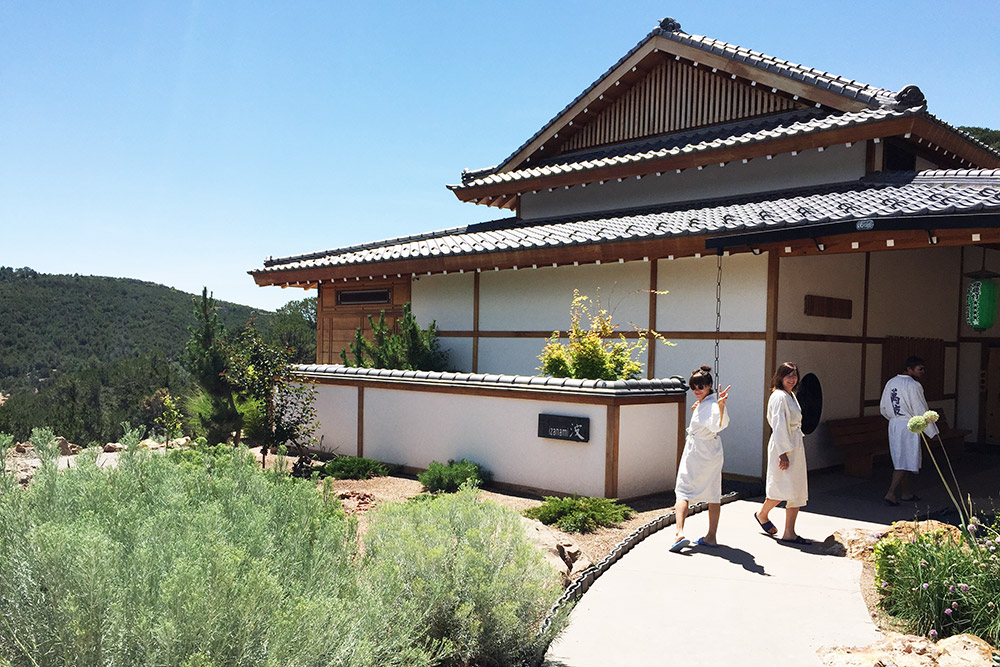
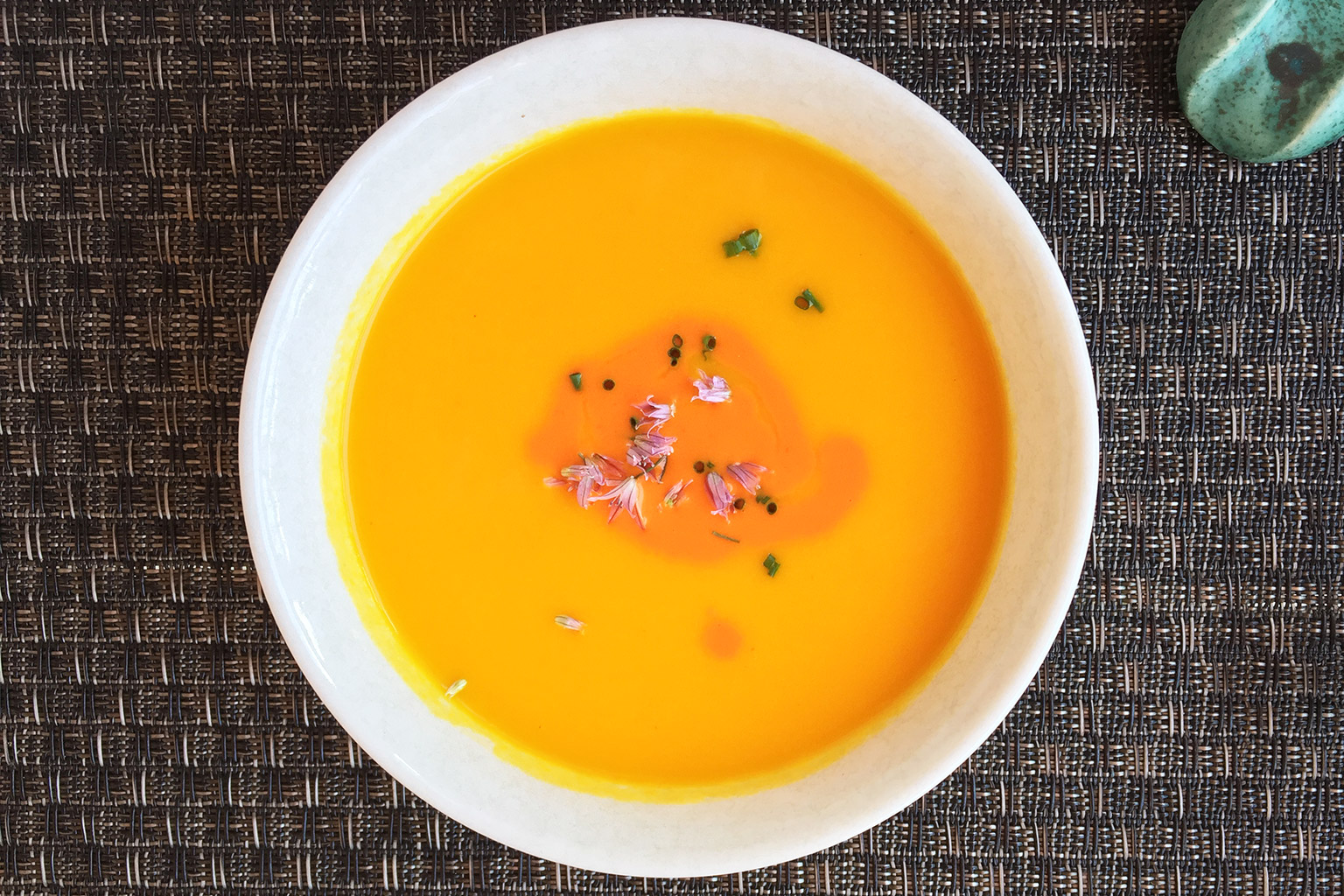




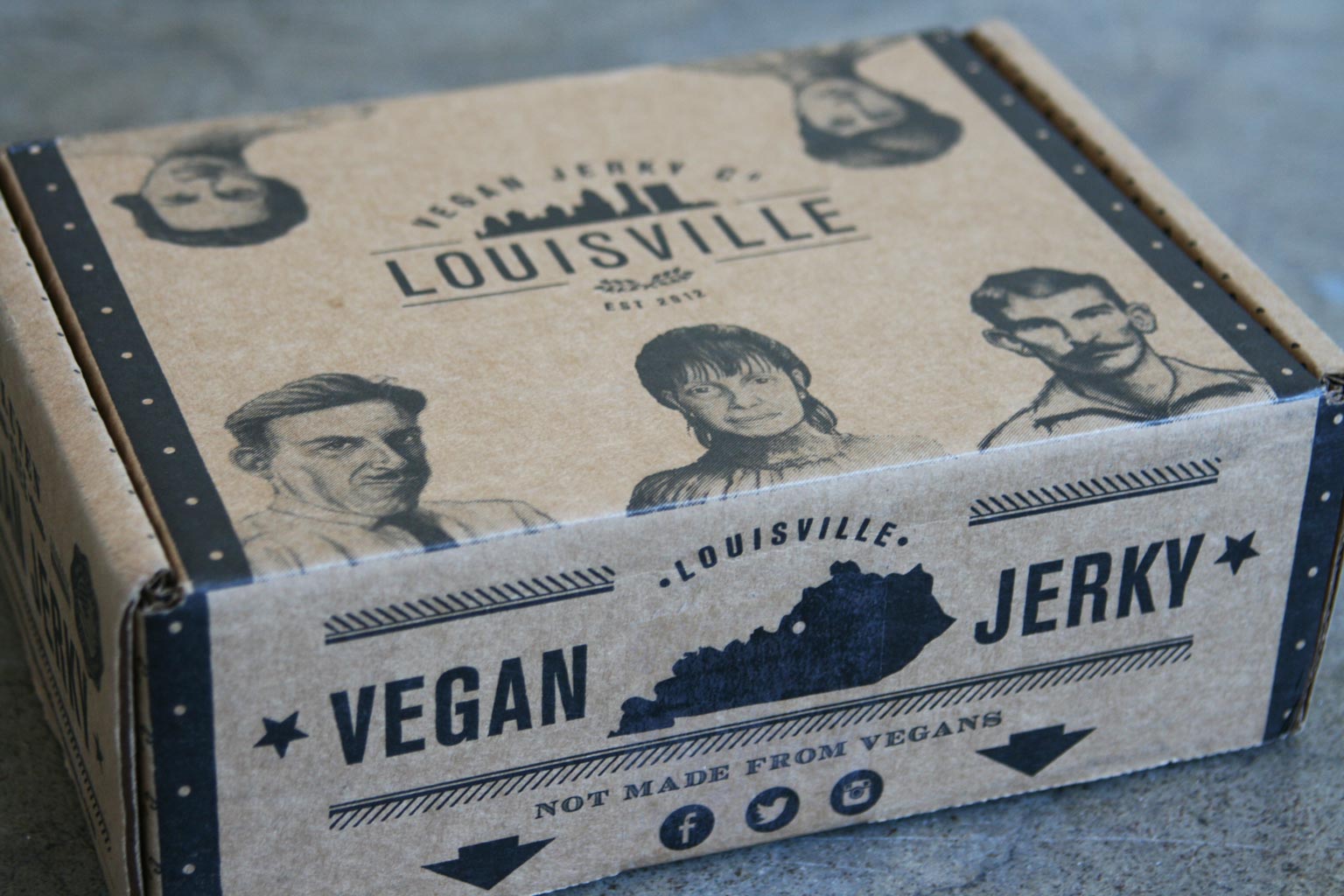
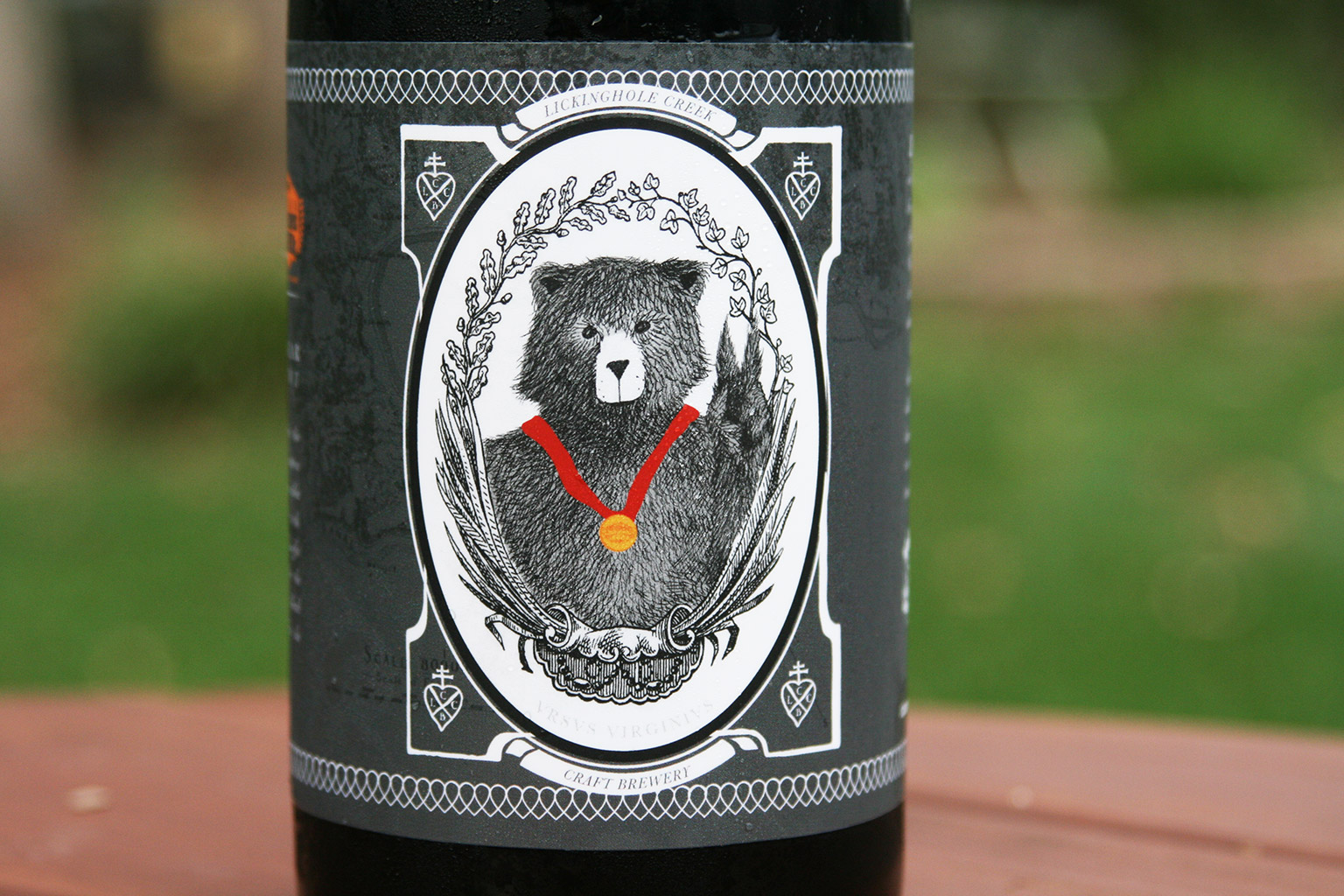
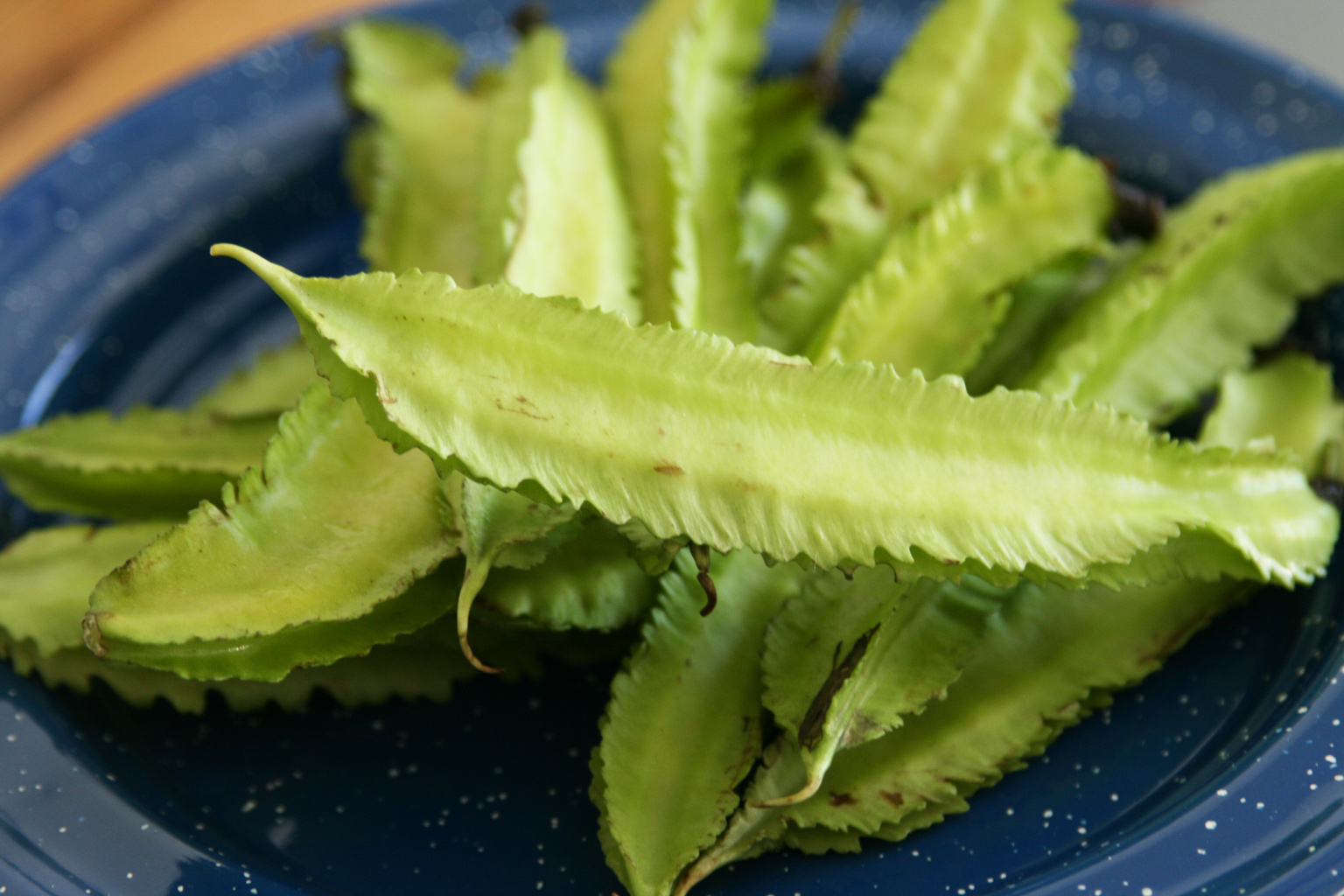
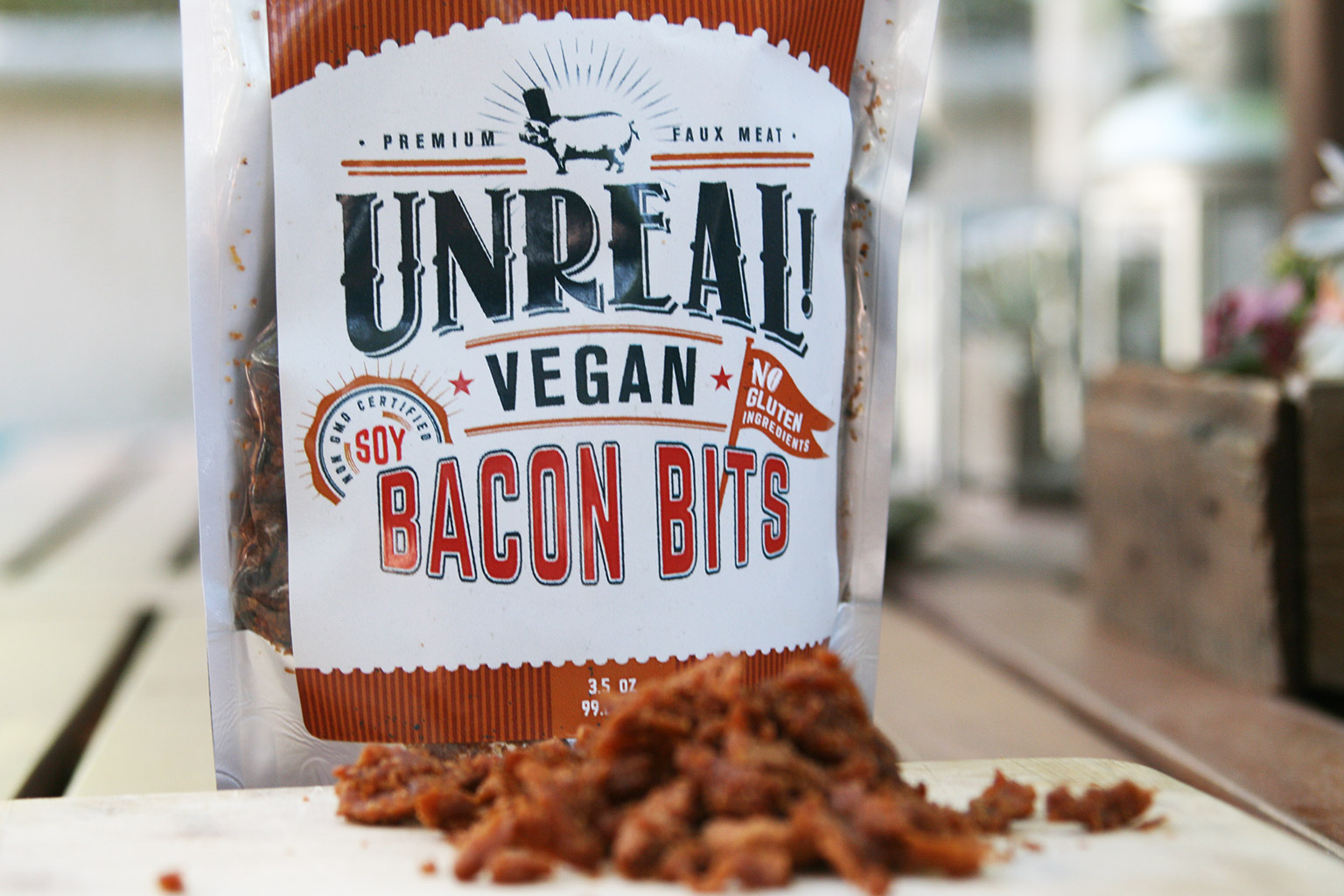
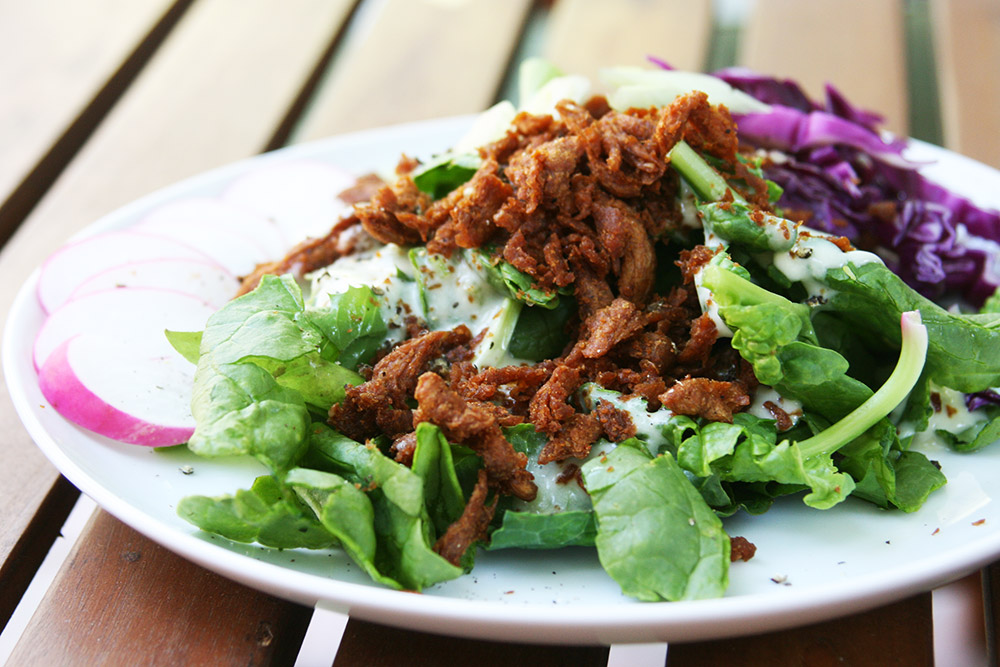
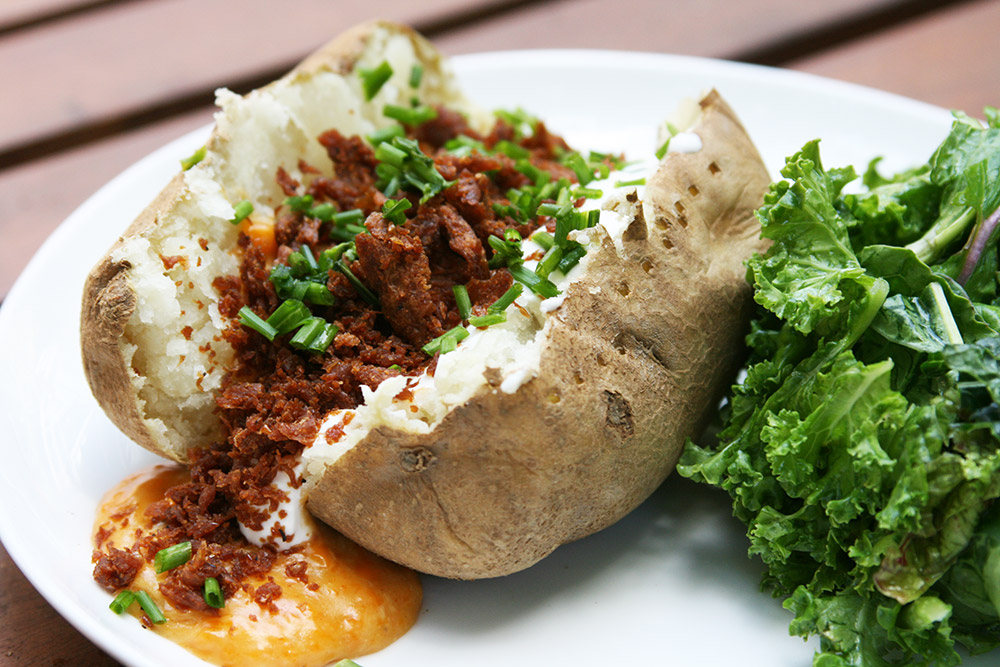
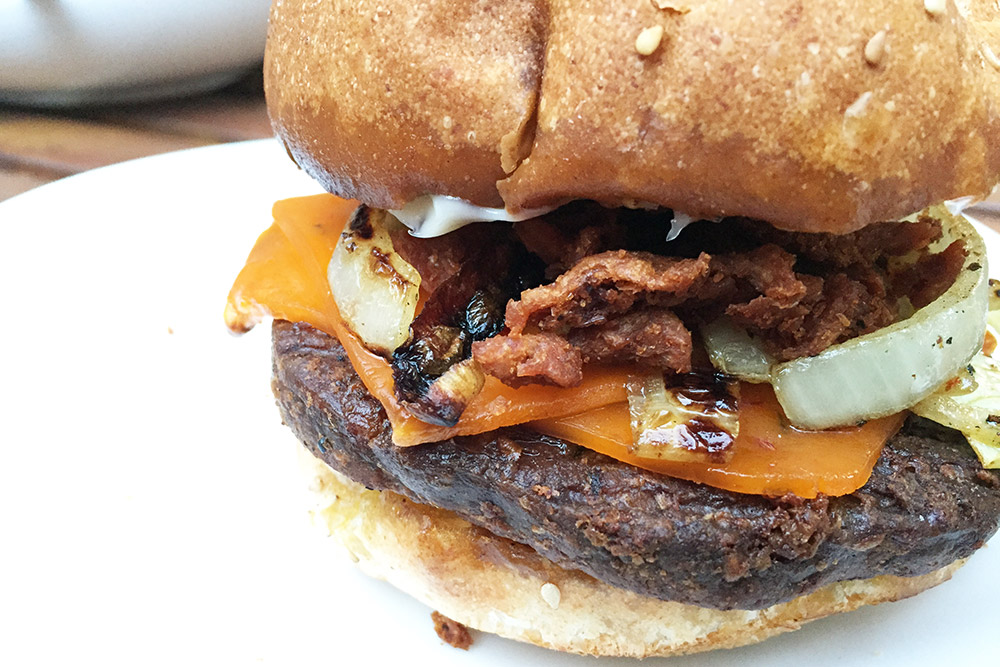
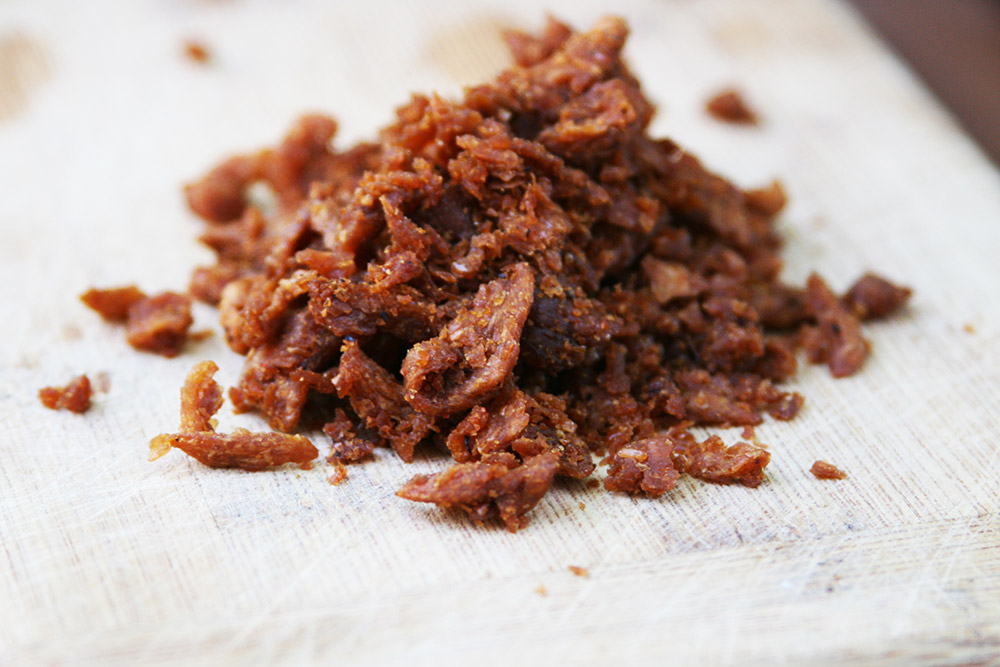

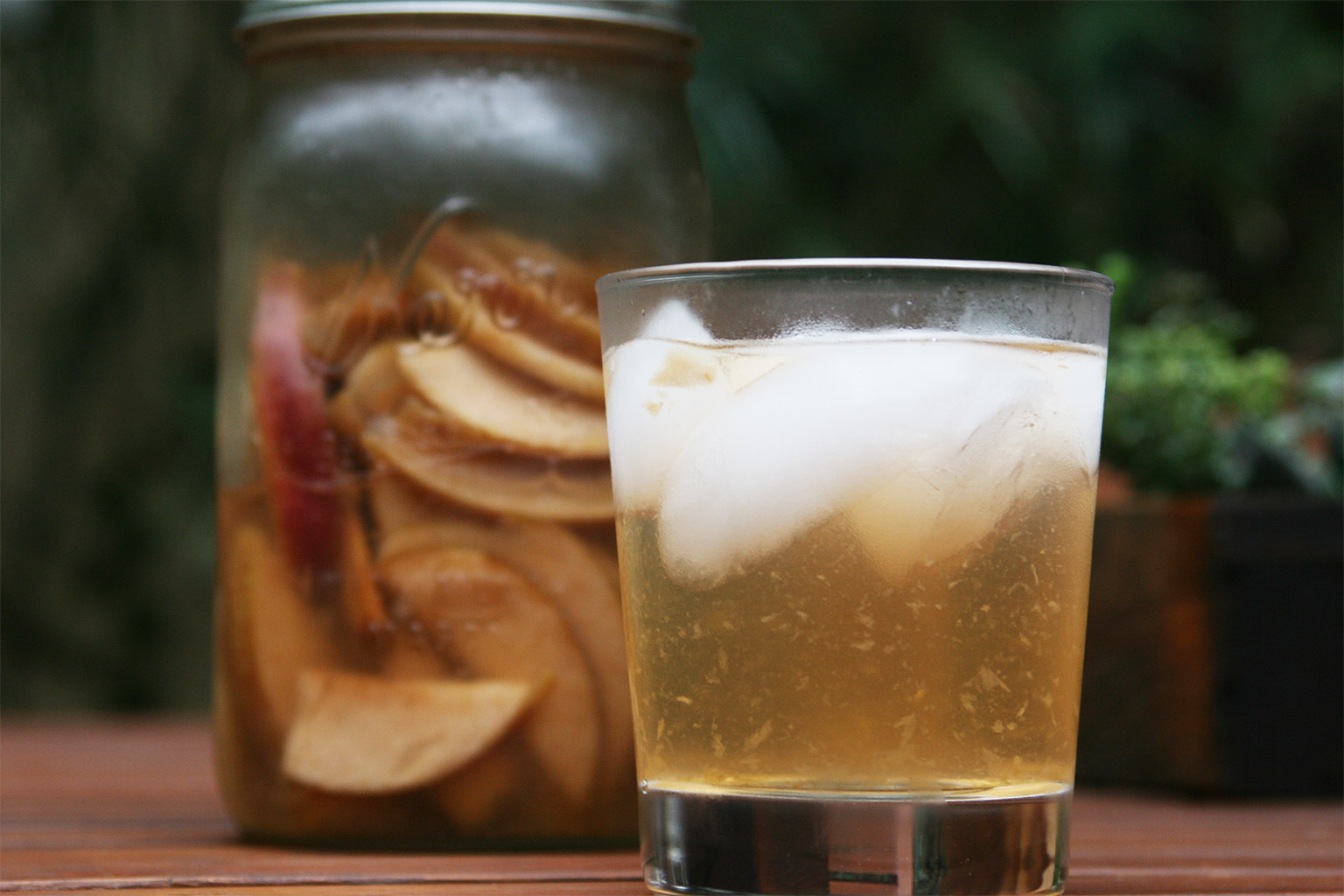

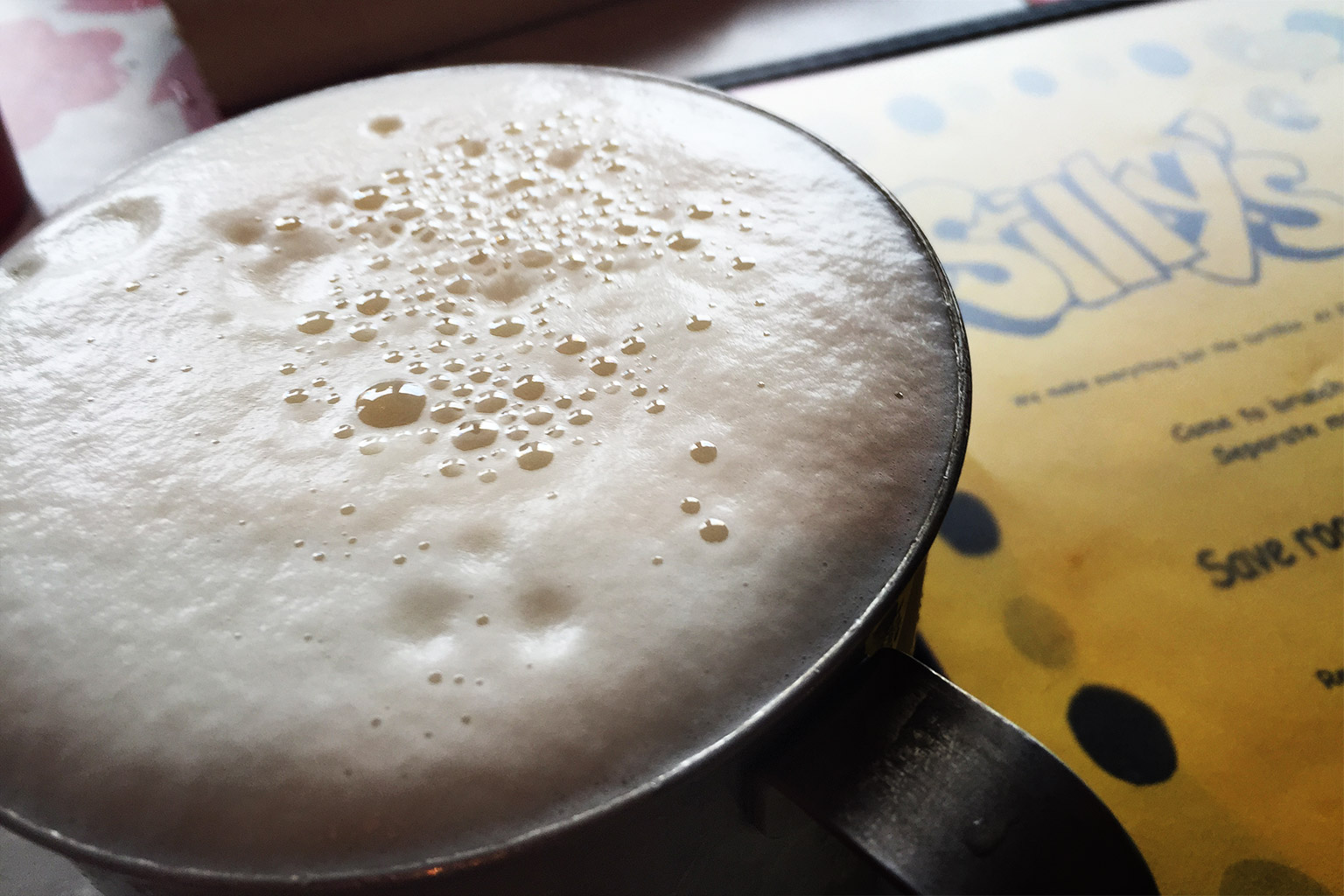


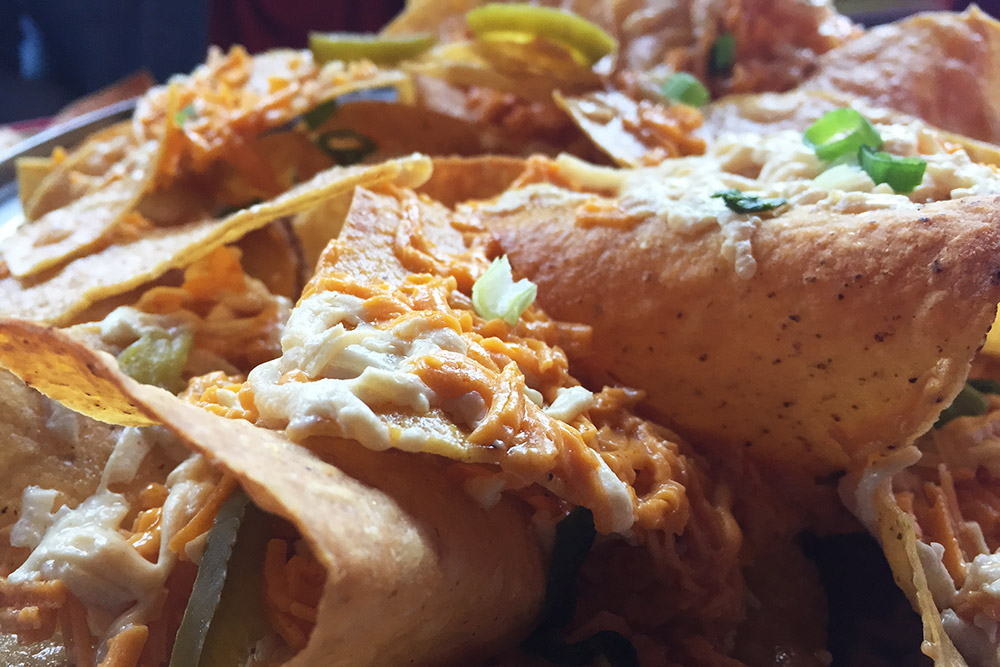



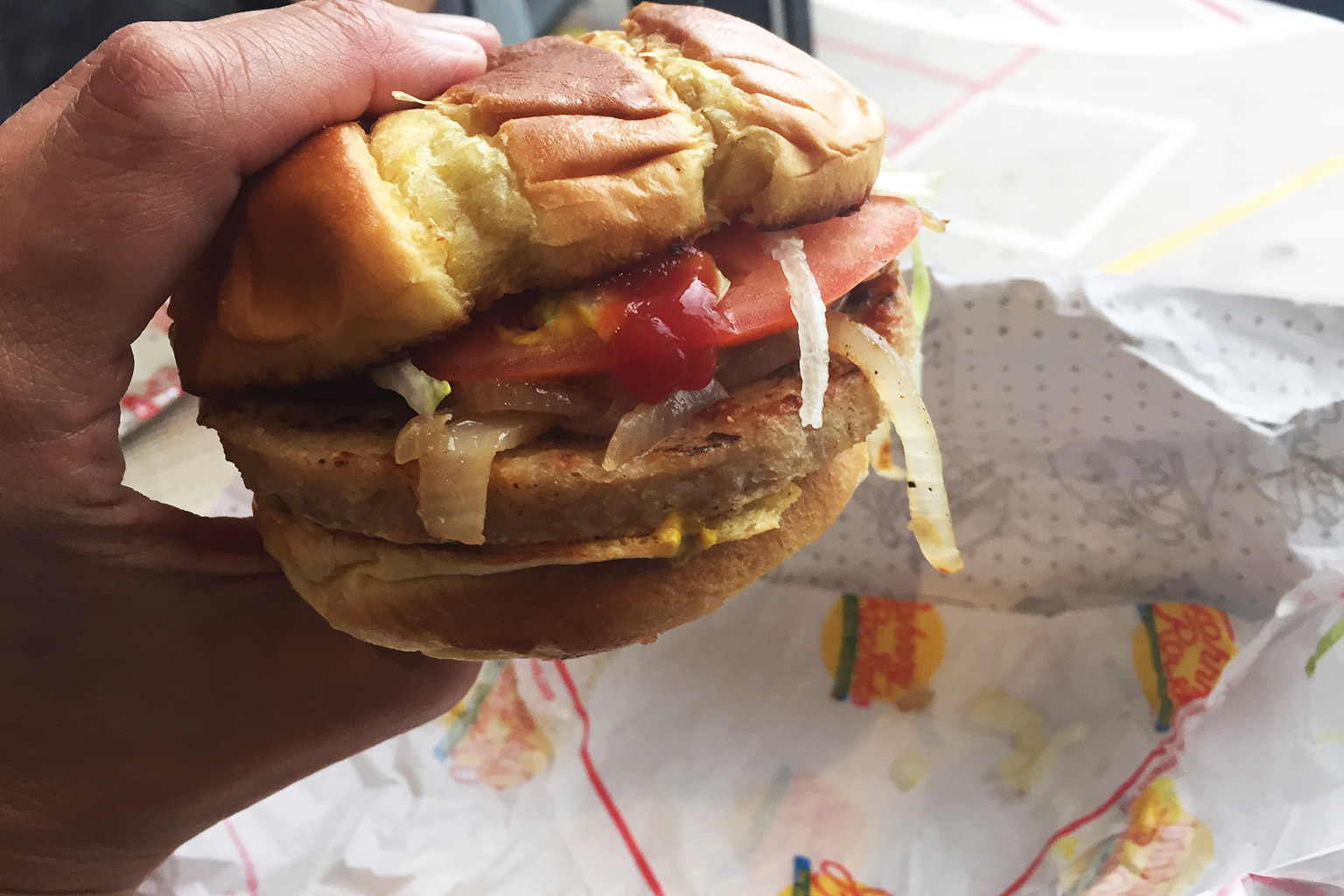

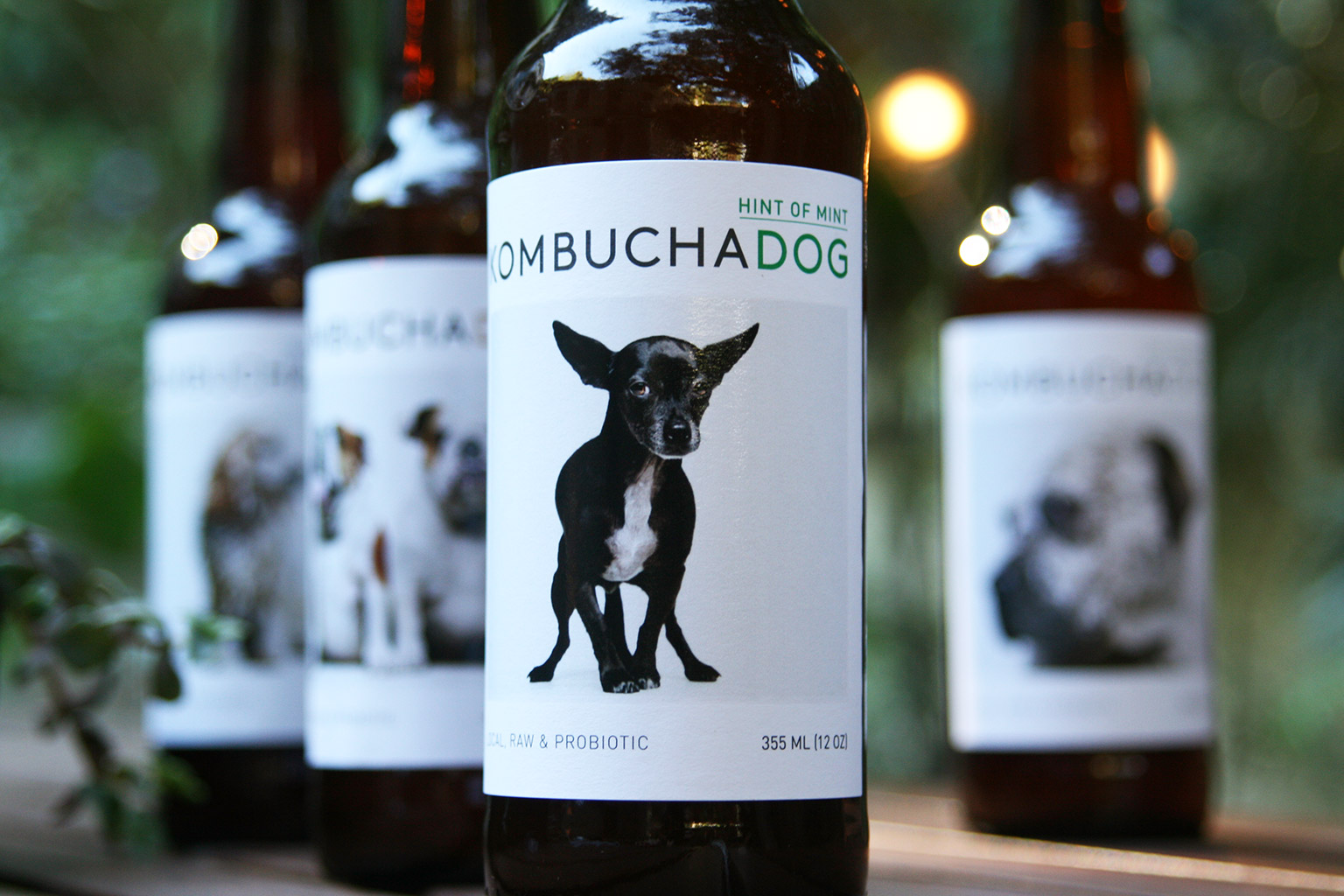



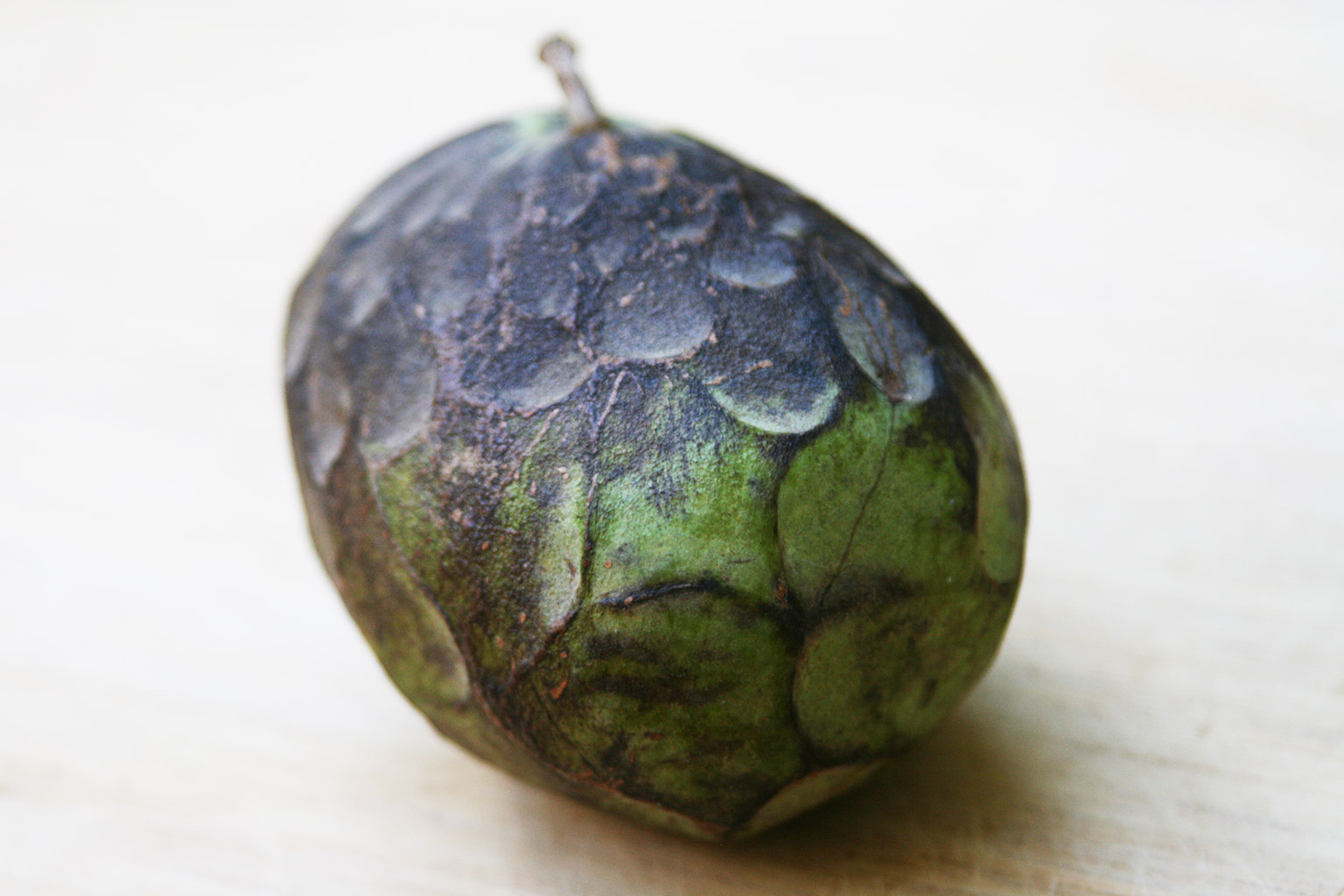
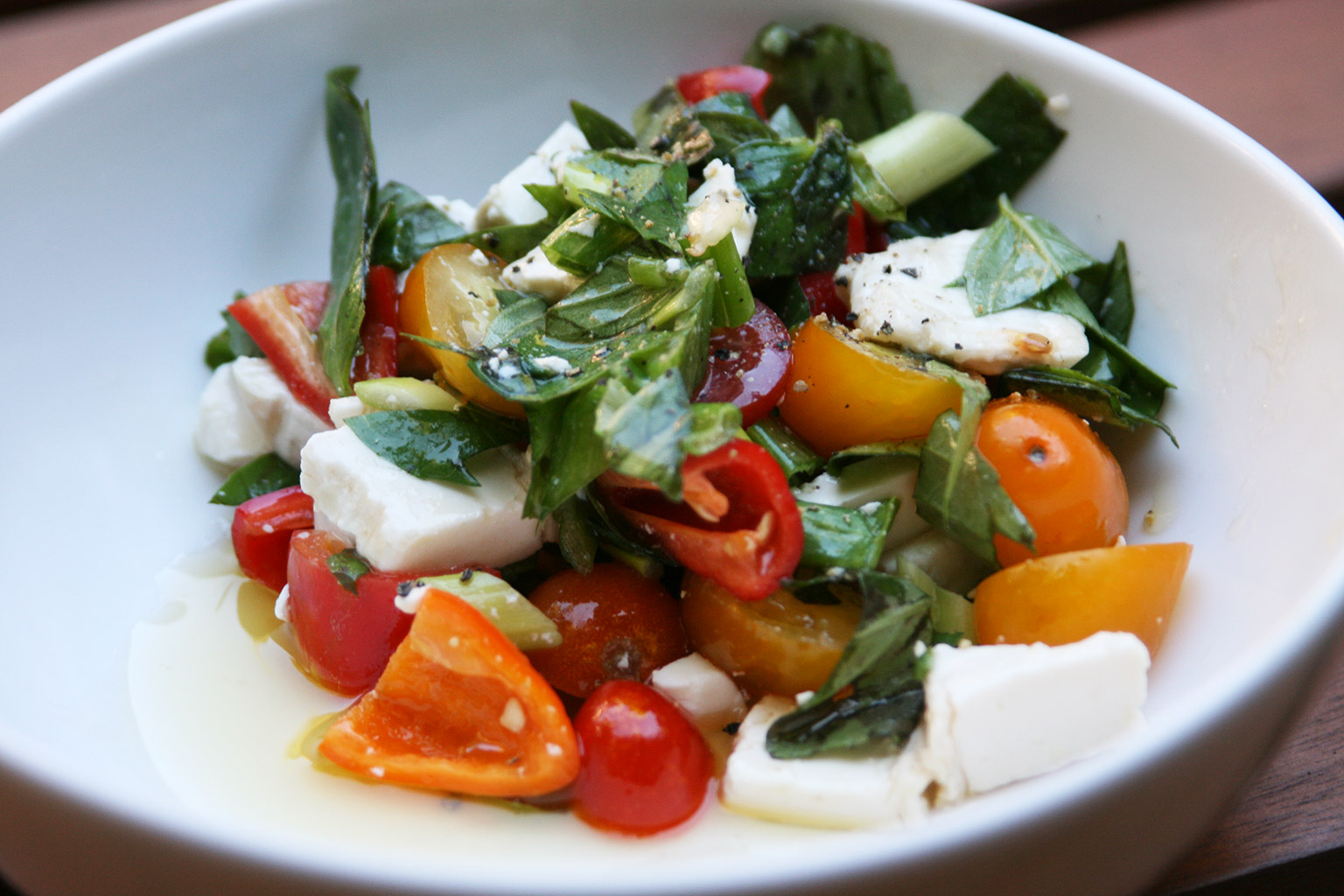

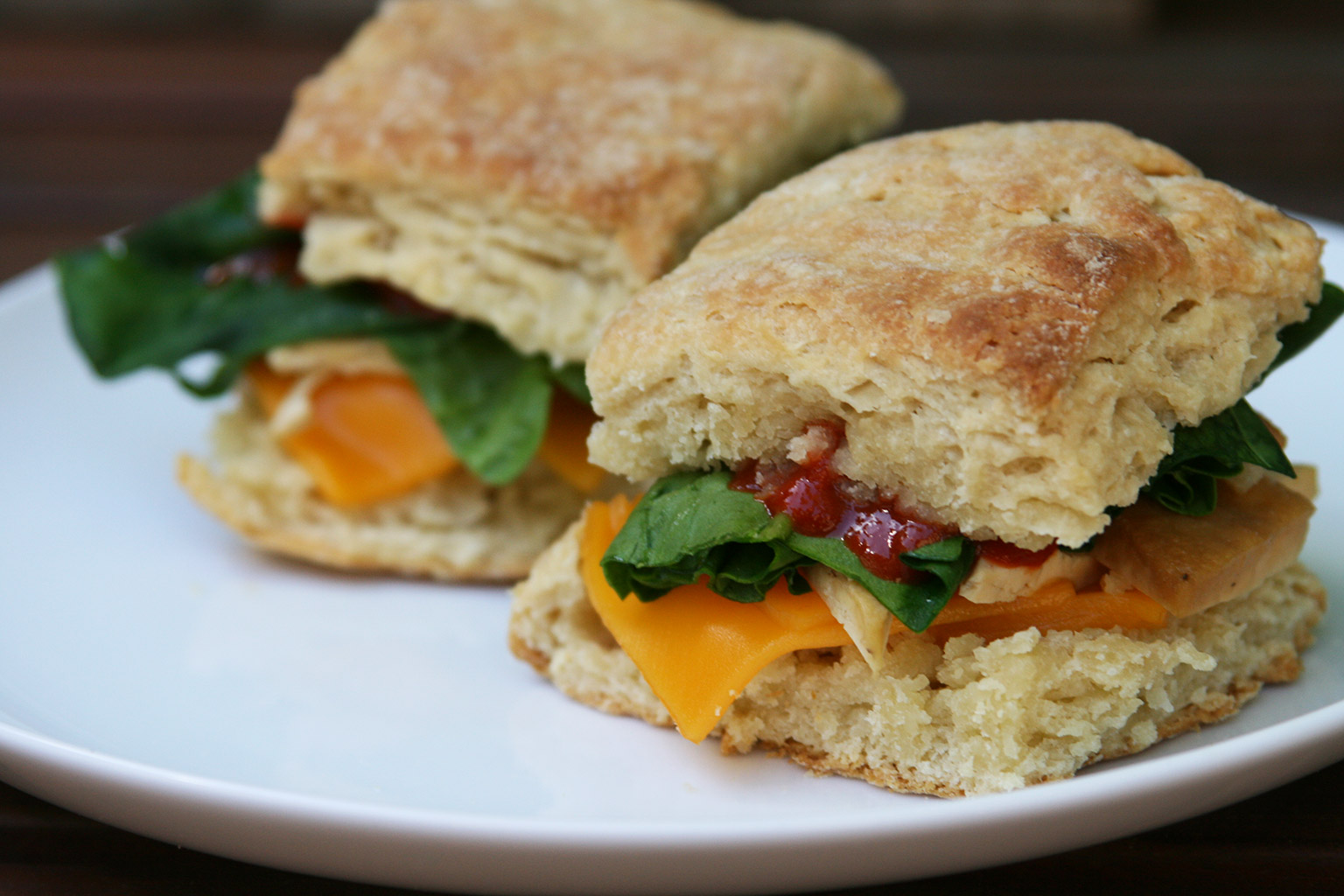
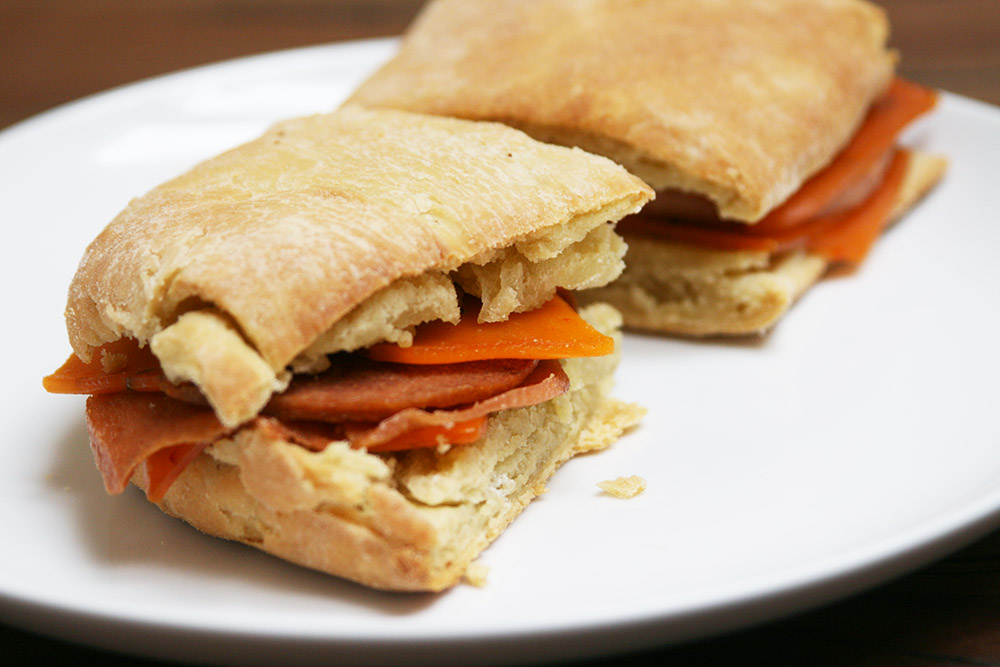
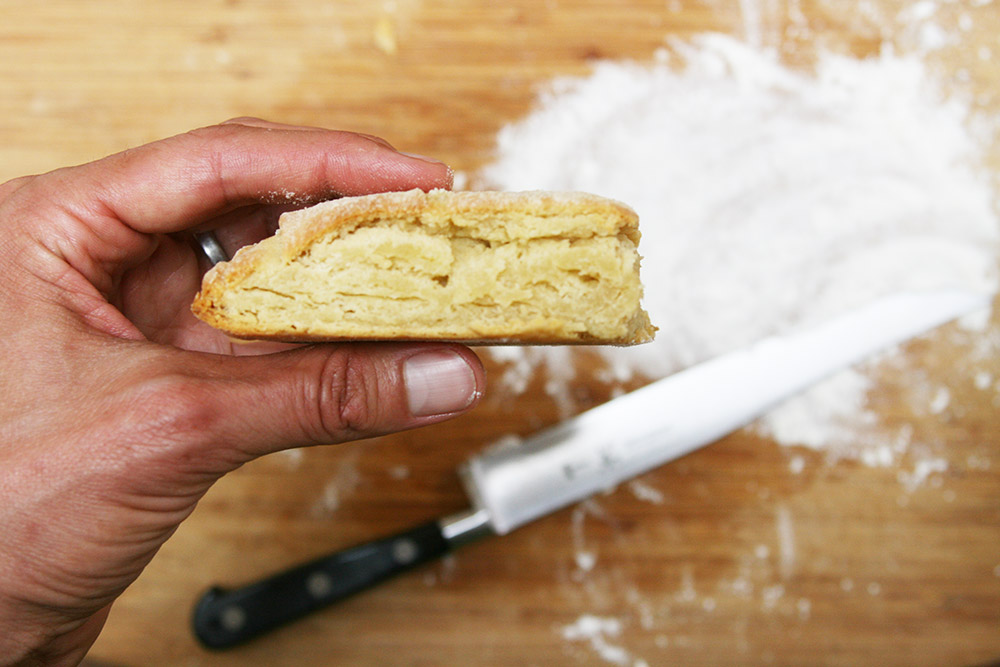
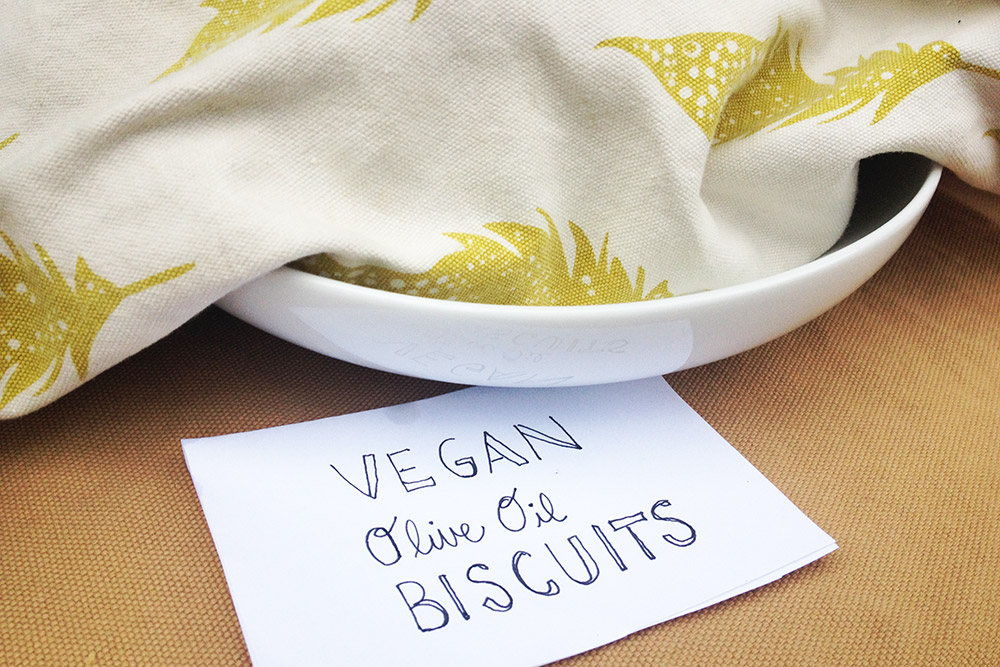

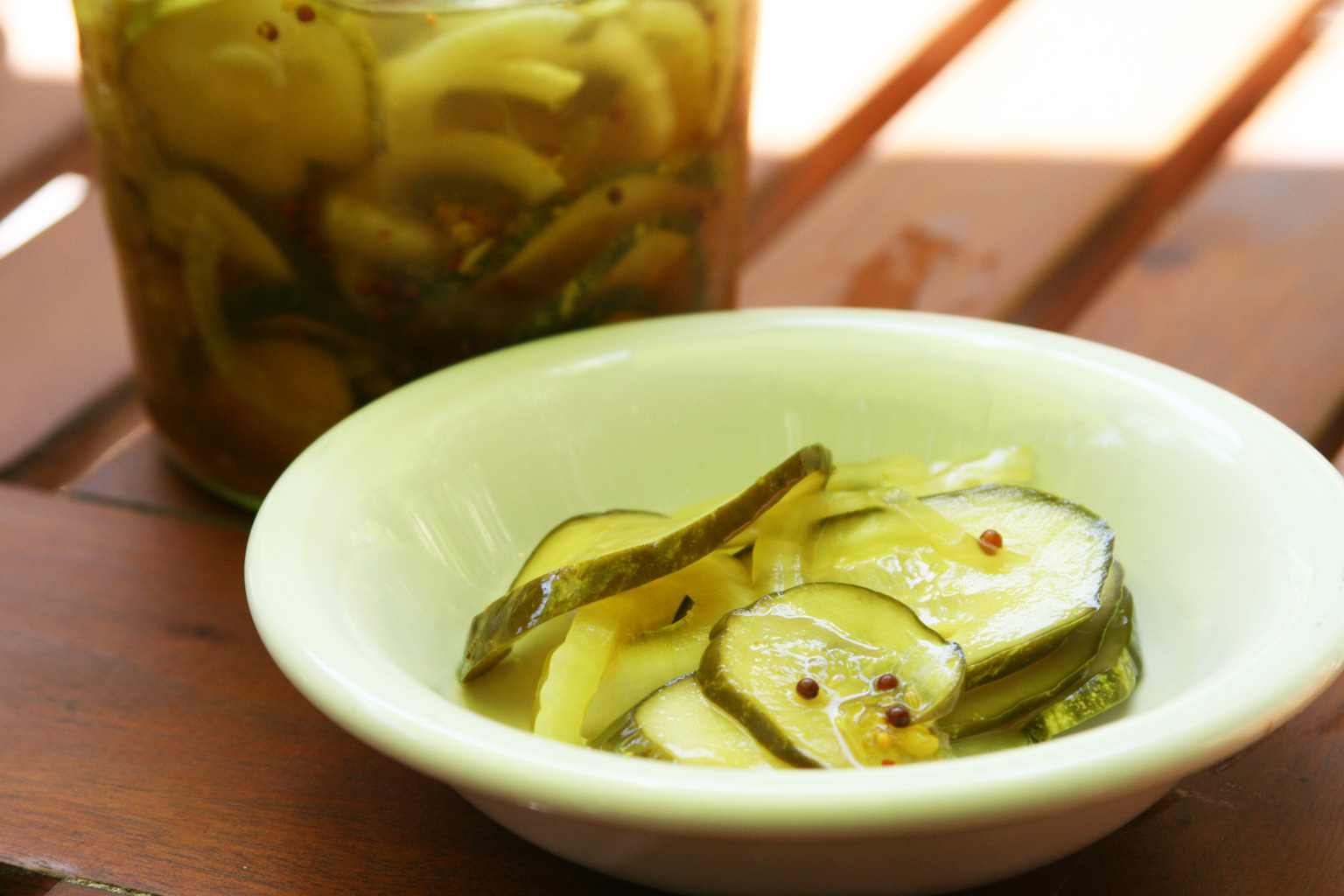
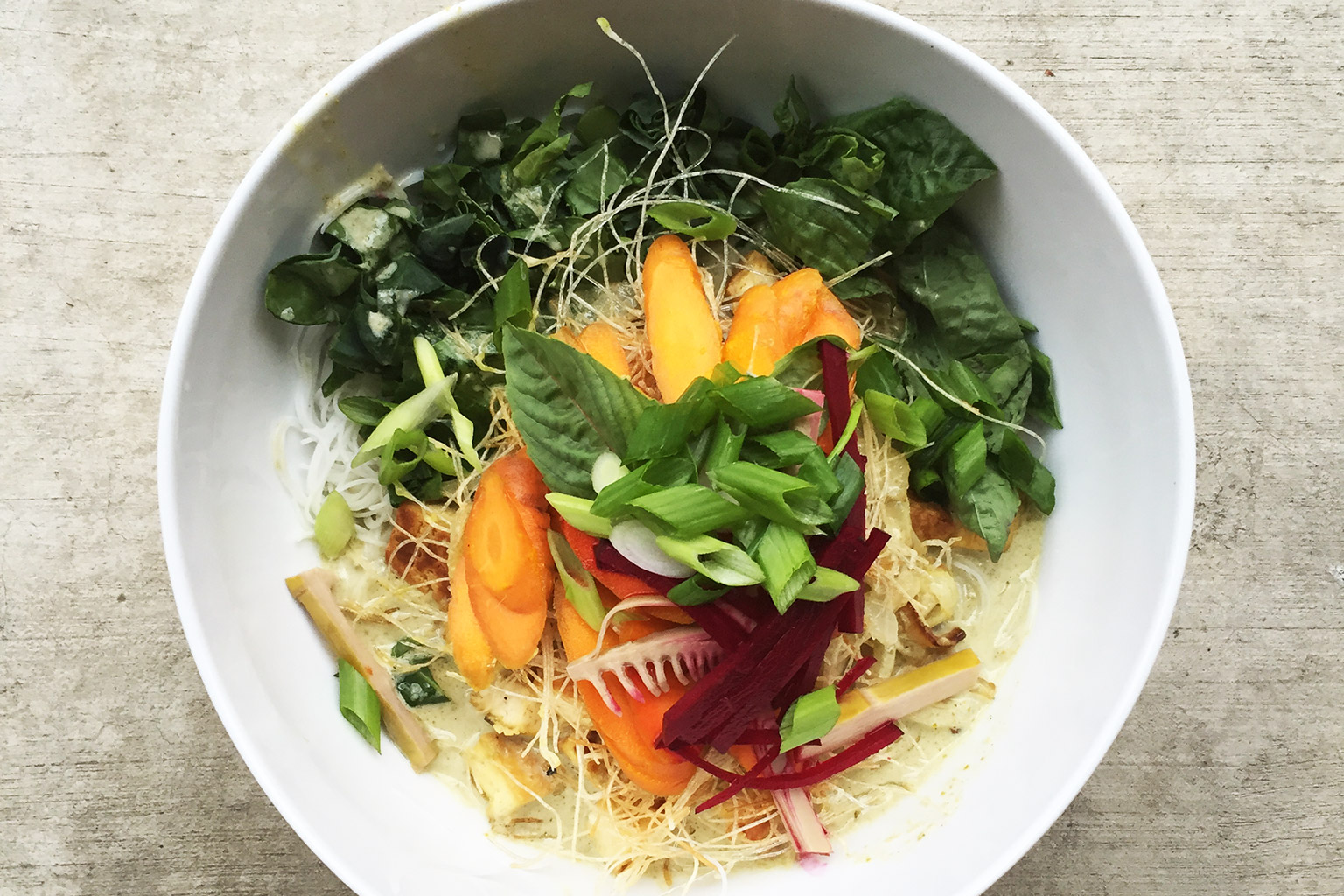
 Meanwhile or beforehand, slice your kai-lan or greens into 1-2″ ribbons; slice carrots into oblong disks, cutting diagonally along the carrots’ axes (as in the diagram to the right); cut scallion into small circles and then set everything aside separately. With the carrots, we often like to salt them heavily after slicing to break them down a bit but still have them be fresh. Then, right before plating, we rinse the salt off them with some running water.
Meanwhile or beforehand, slice your kai-lan or greens into 1-2″ ribbons; slice carrots into oblong disks, cutting diagonally along the carrots’ axes (as in the diagram to the right); cut scallion into small circles and then set everything aside separately. With the carrots, we often like to salt them heavily after slicing to break them down a bit but still have them be fresh. Then, right before plating, we rinse the salt off them with some running water.